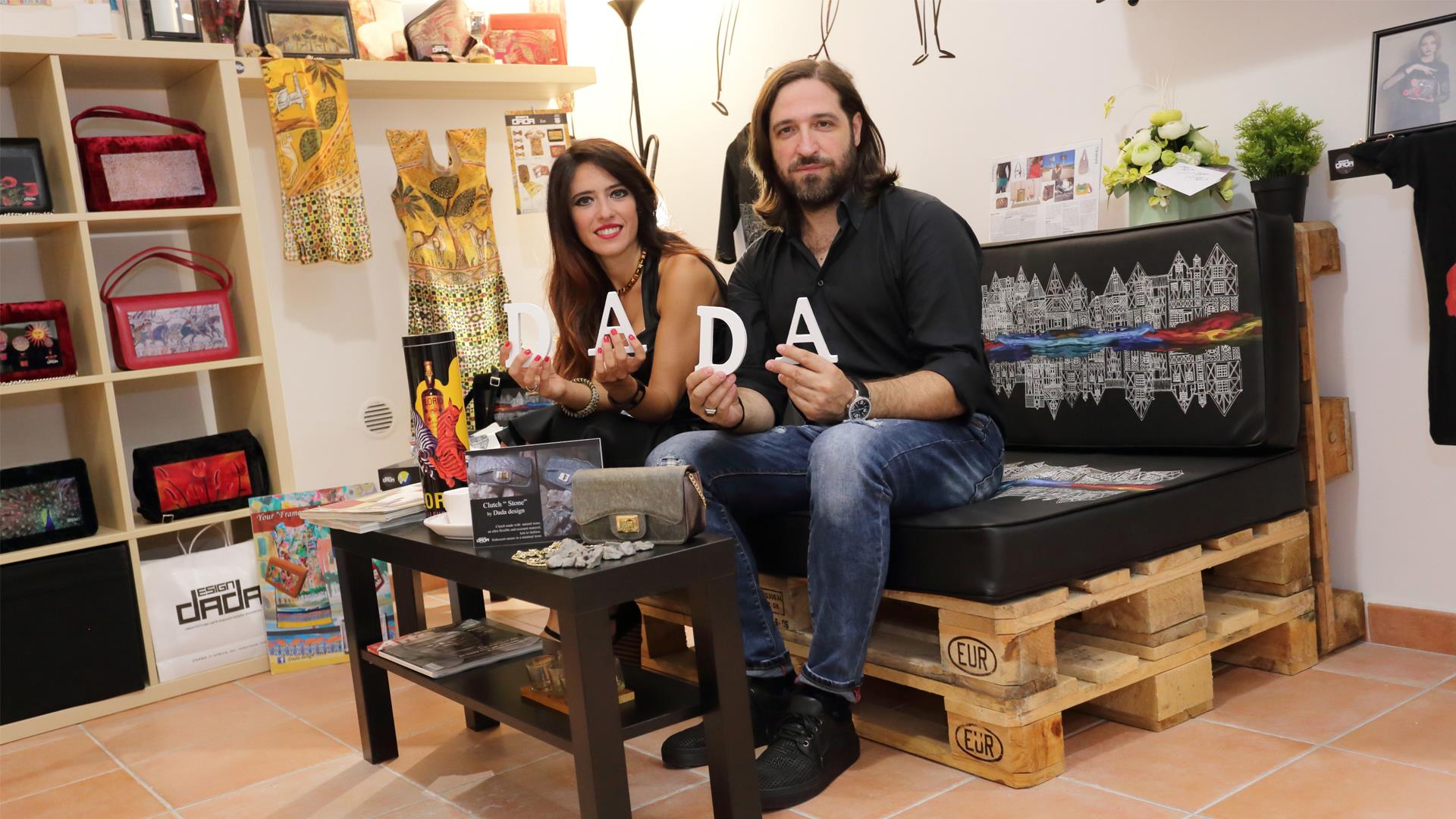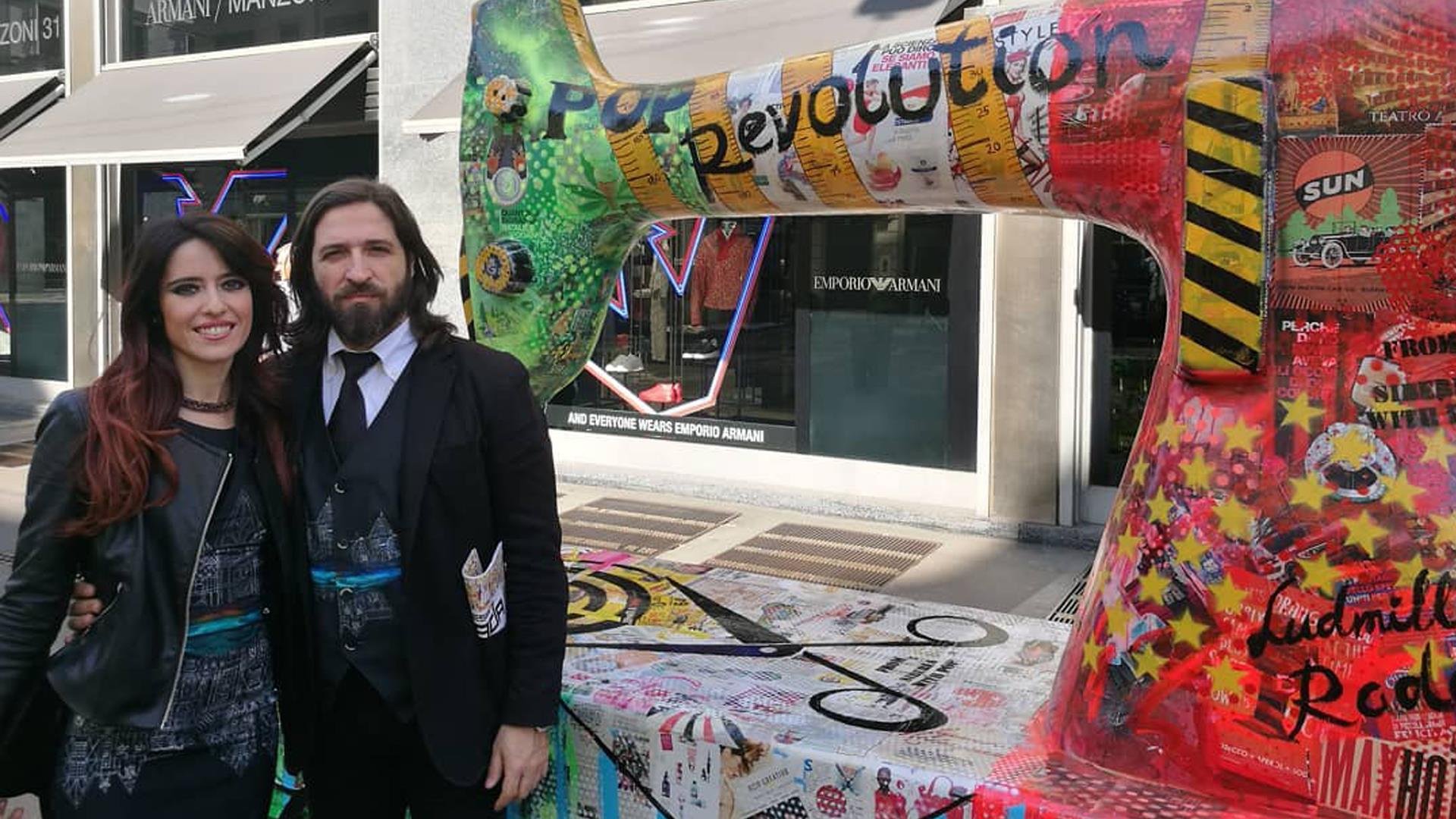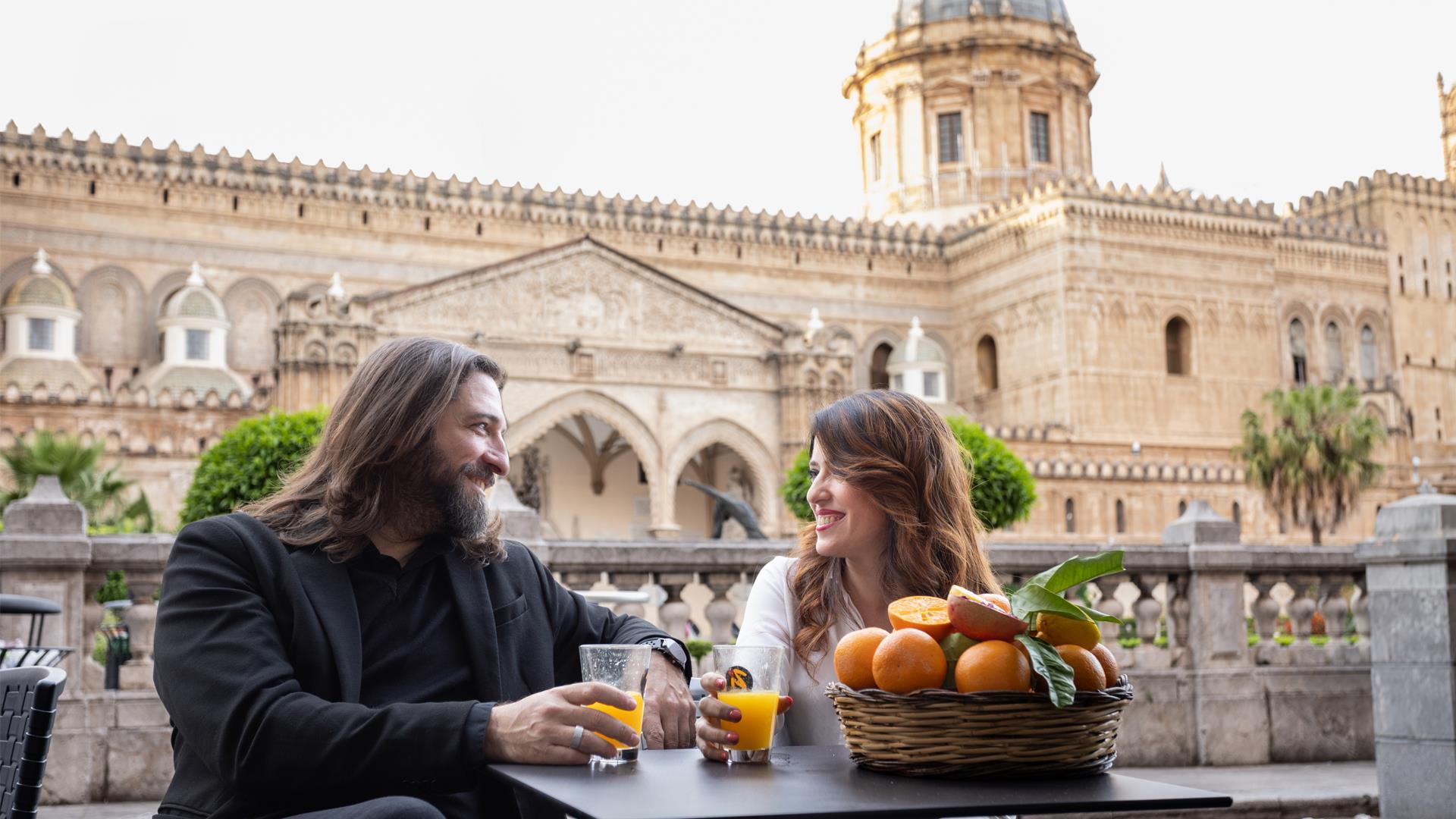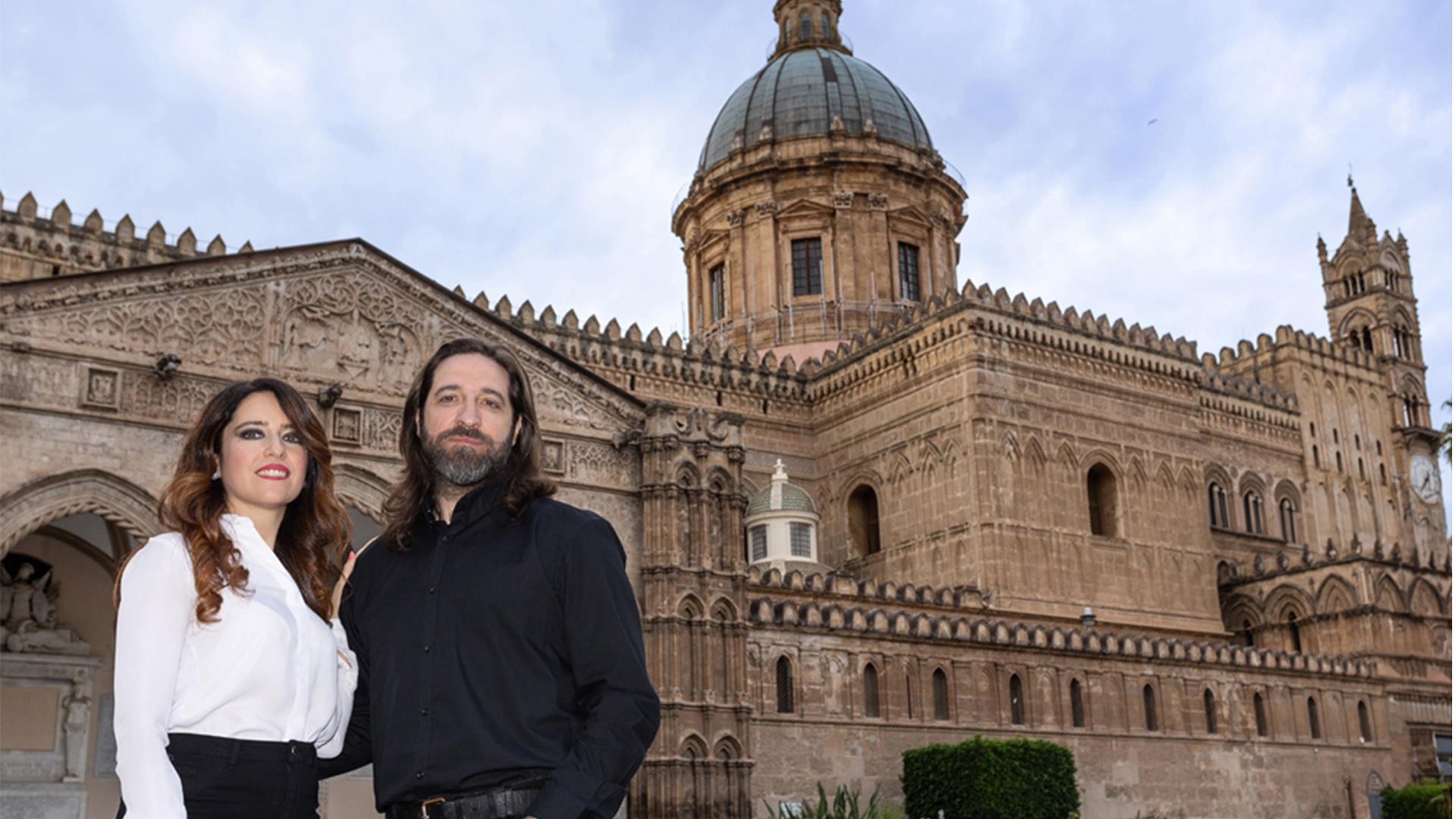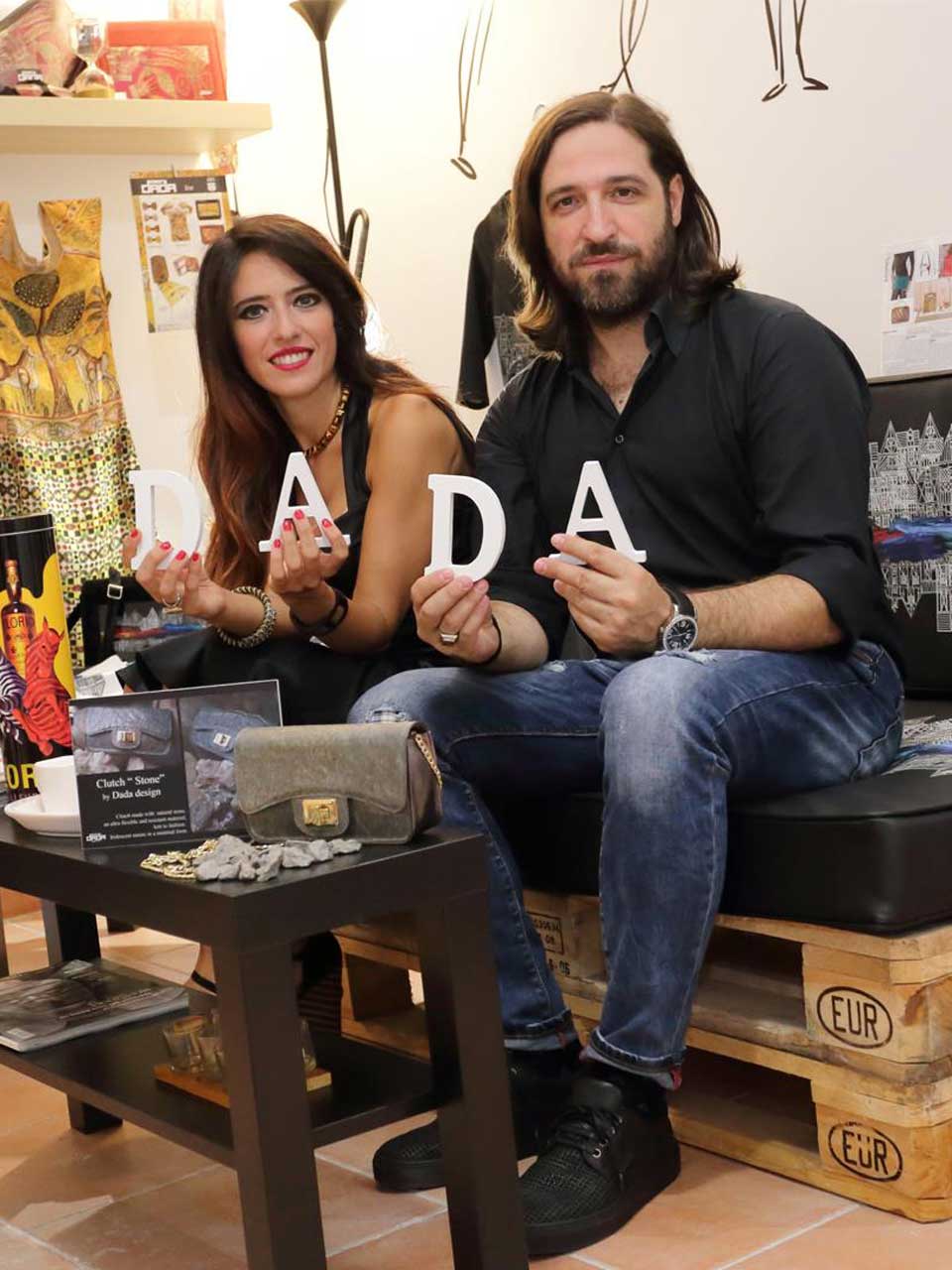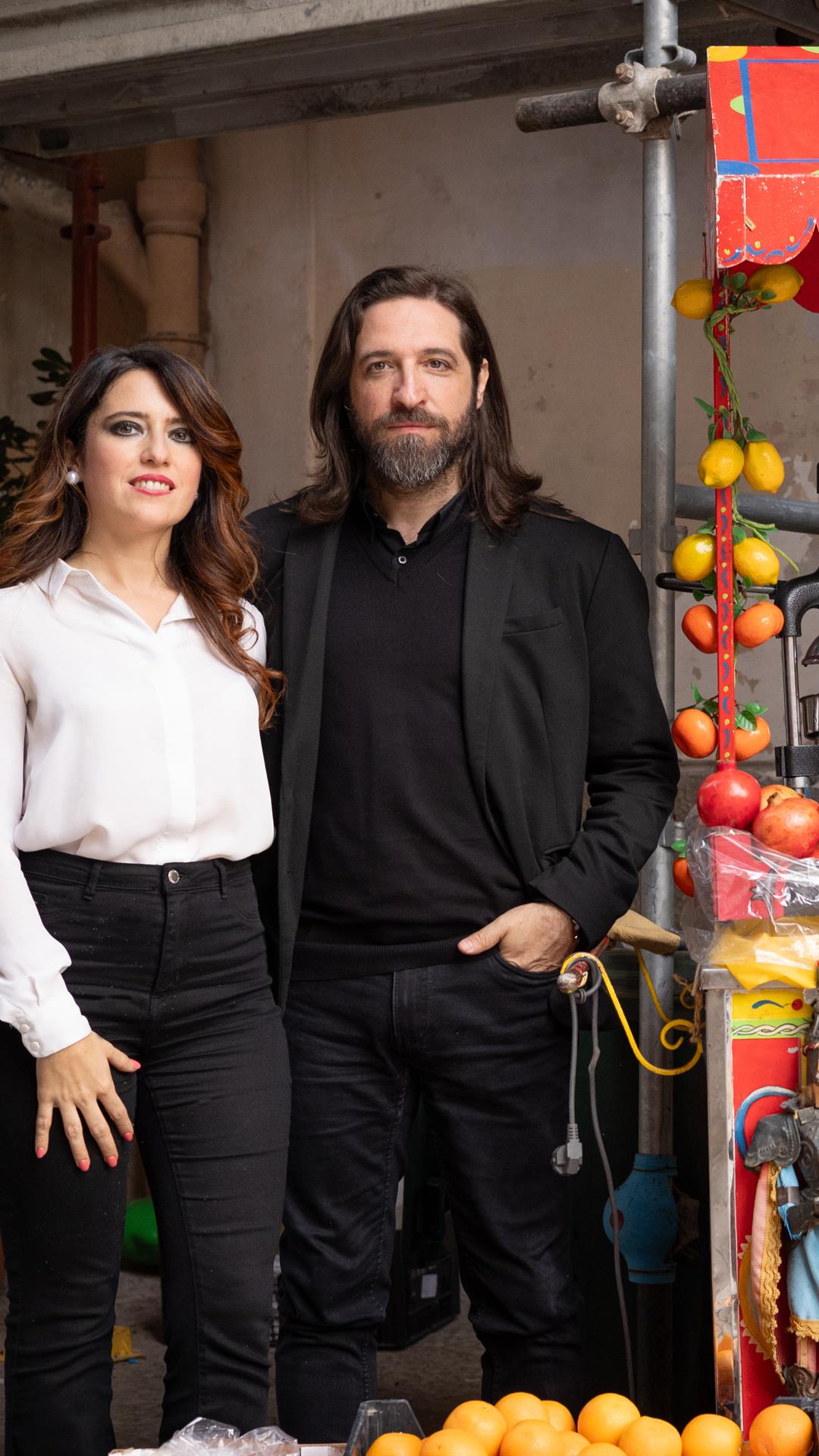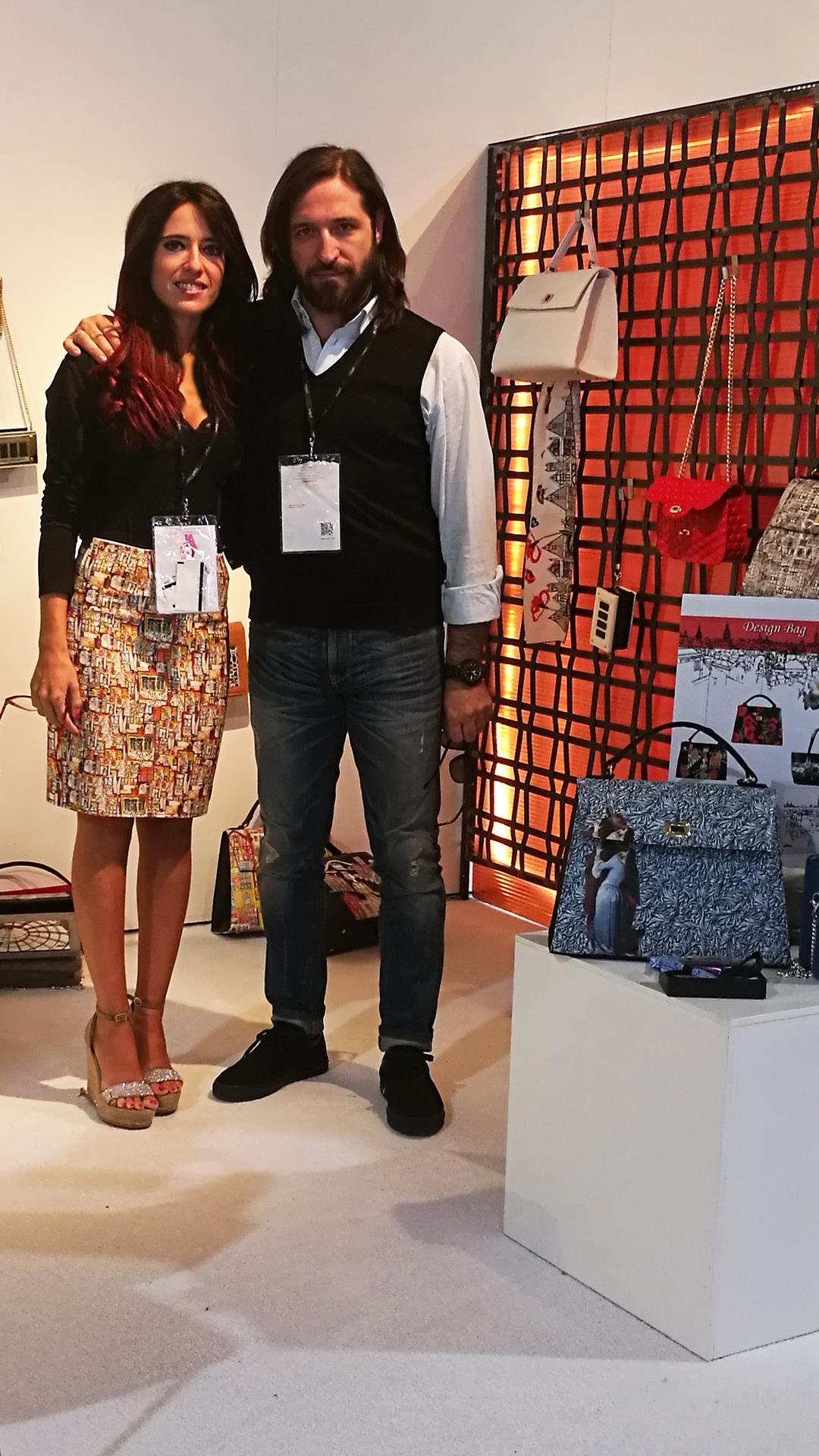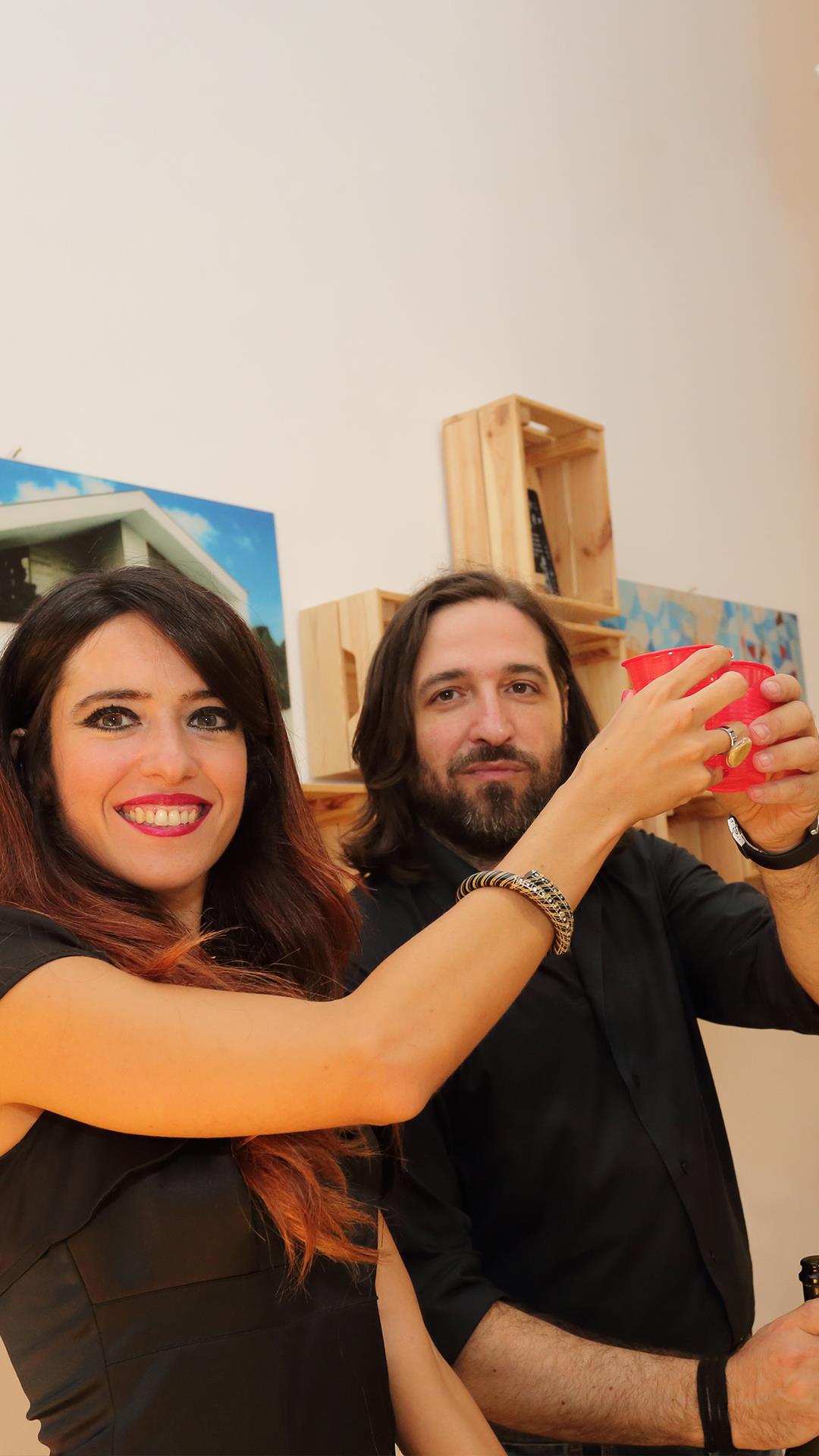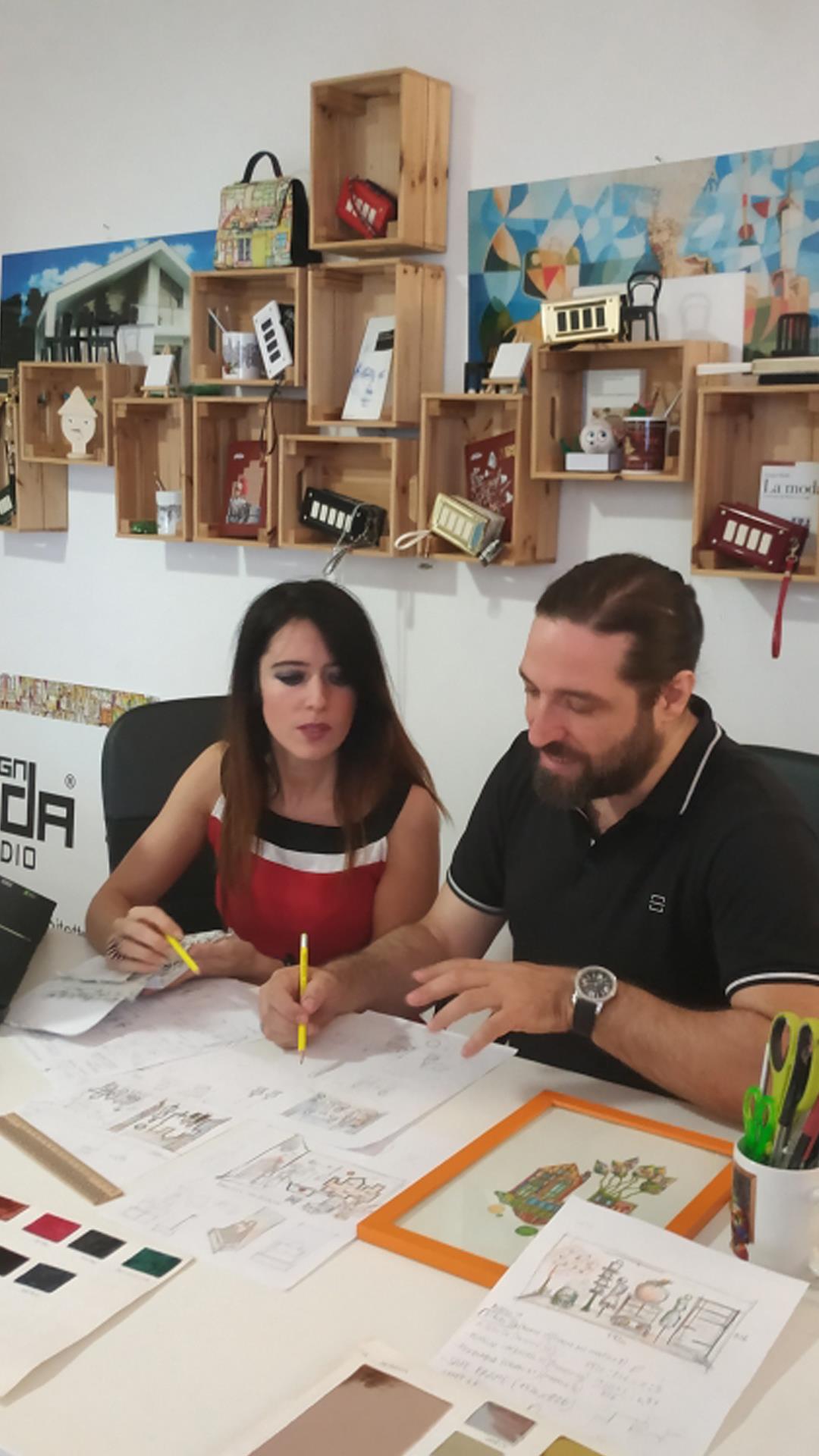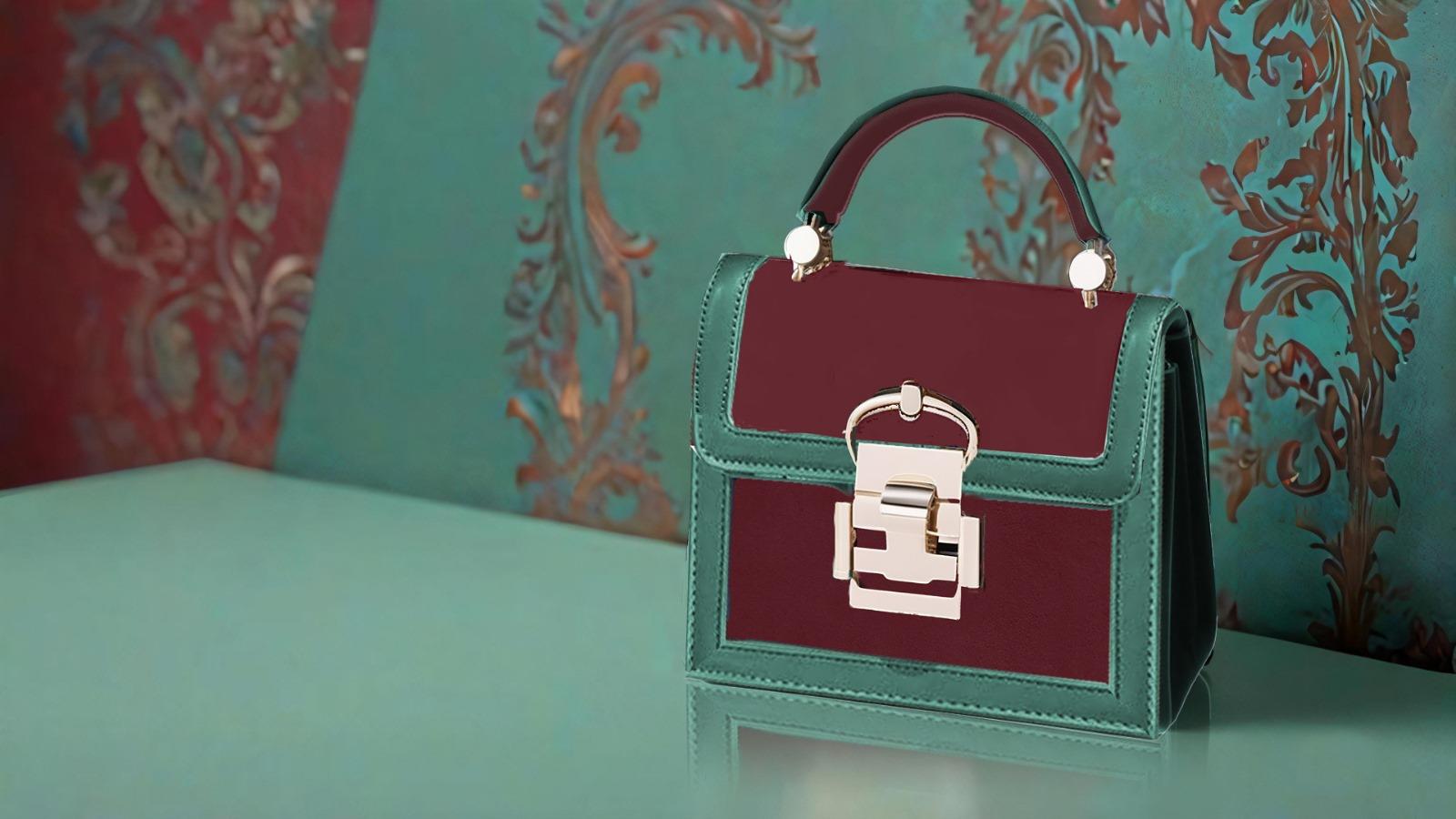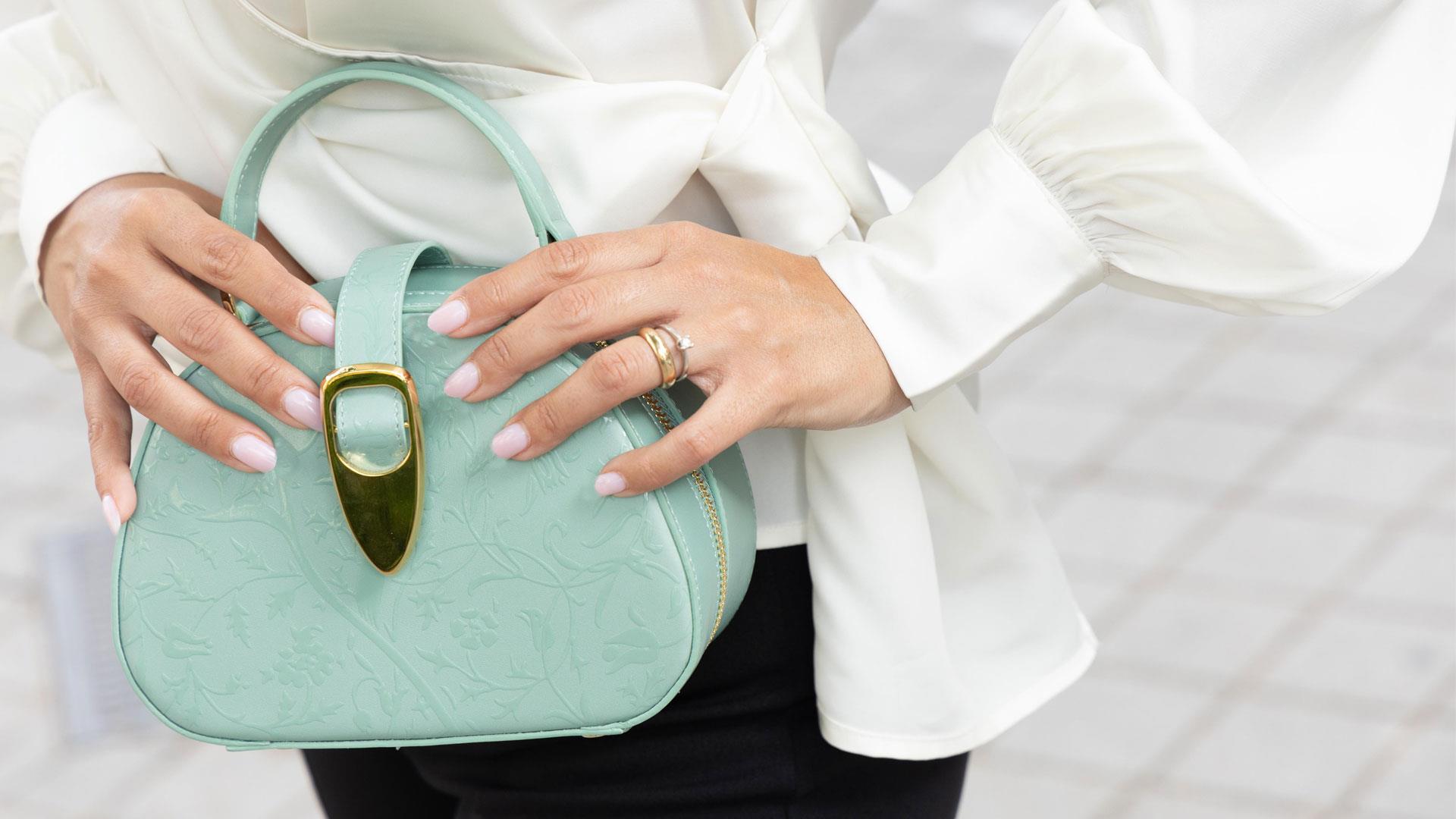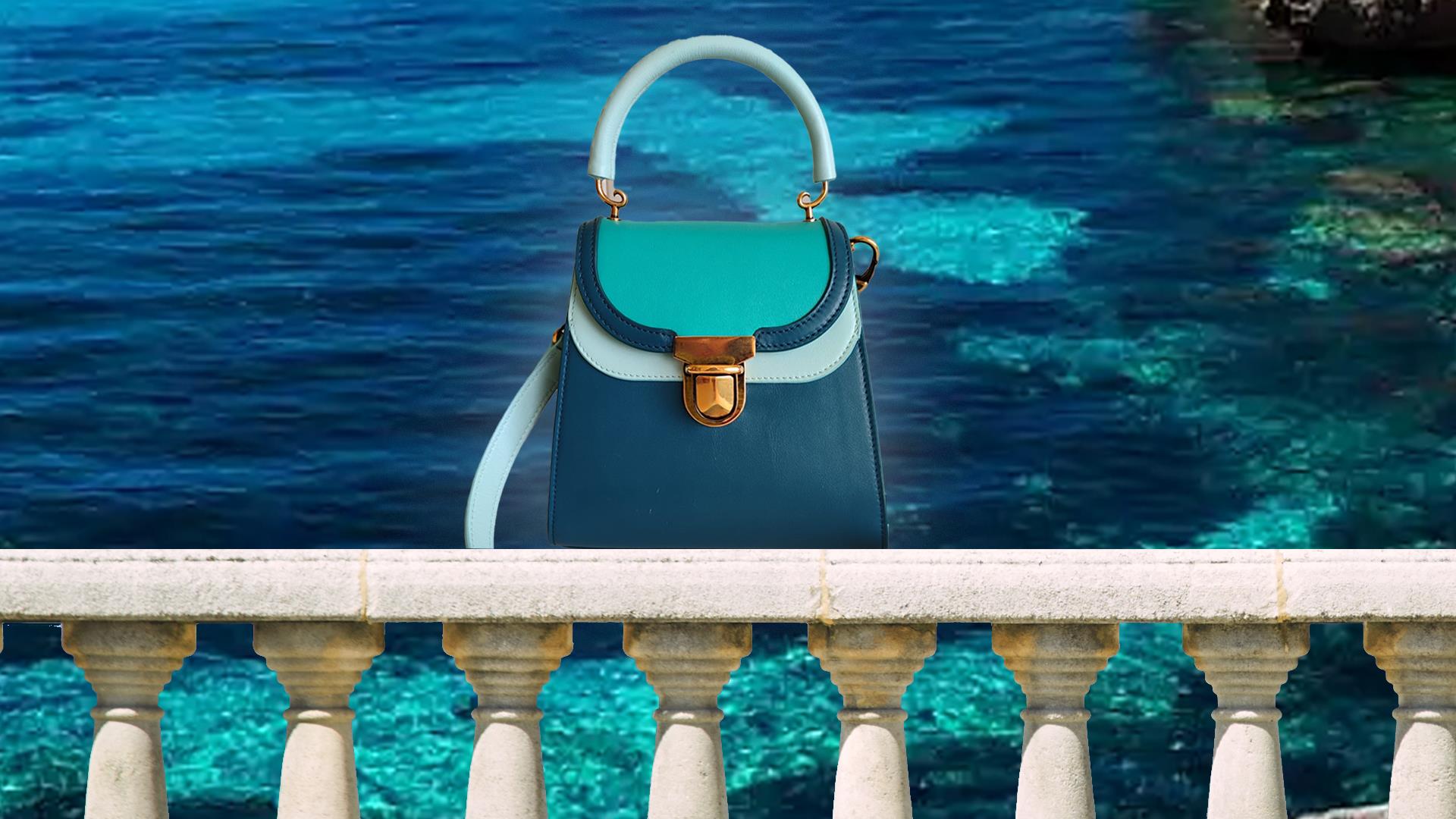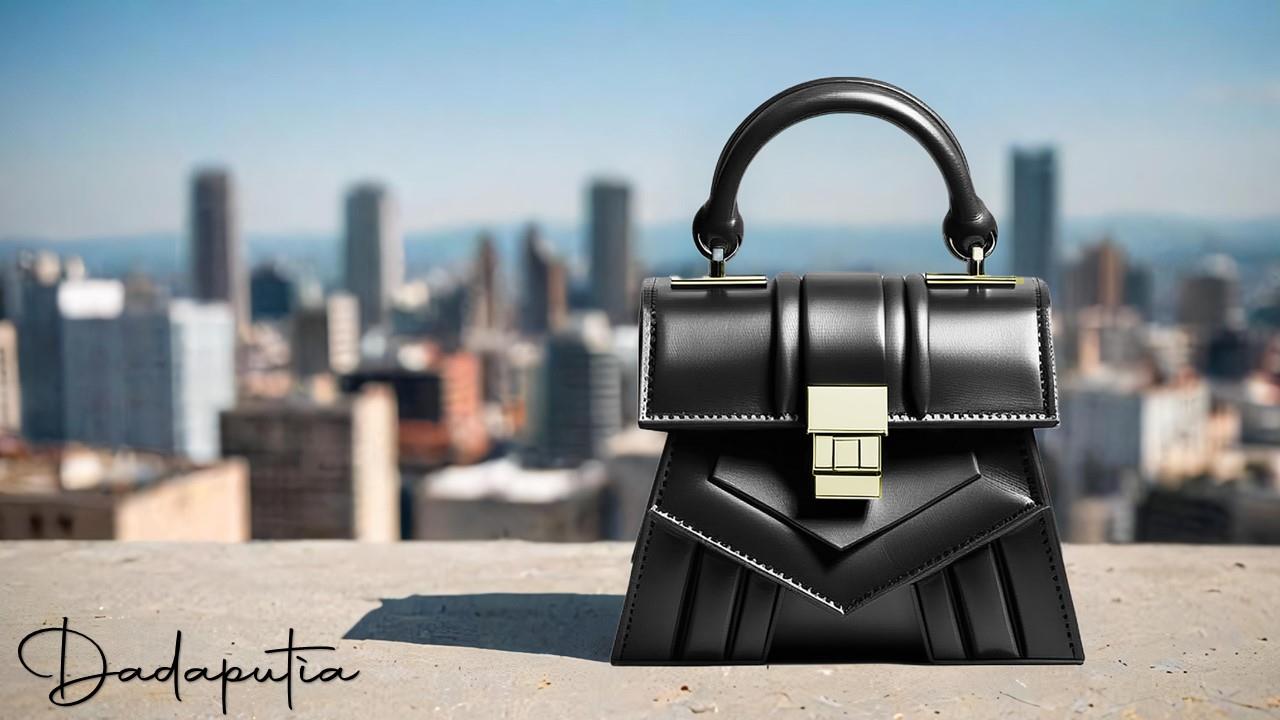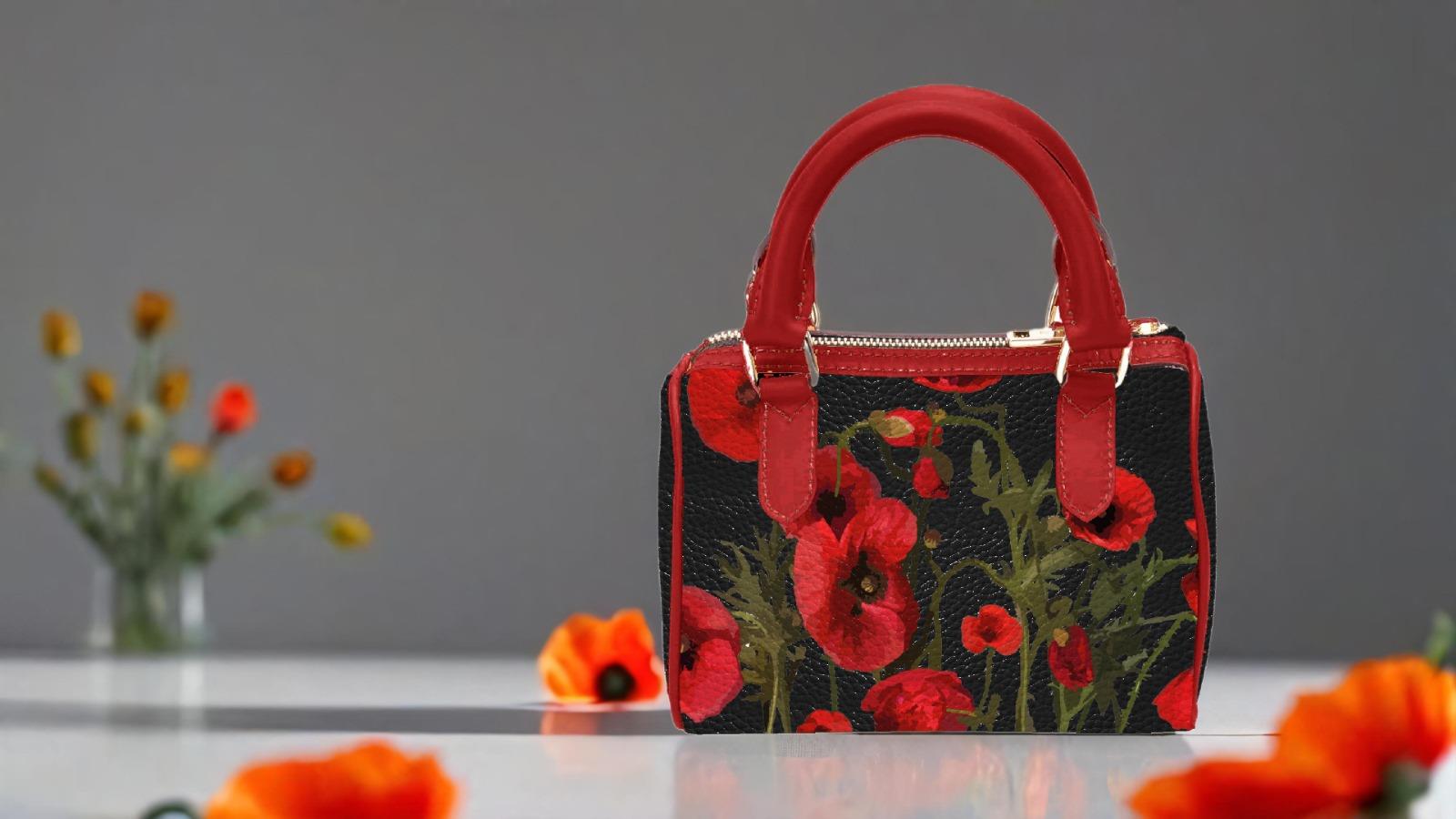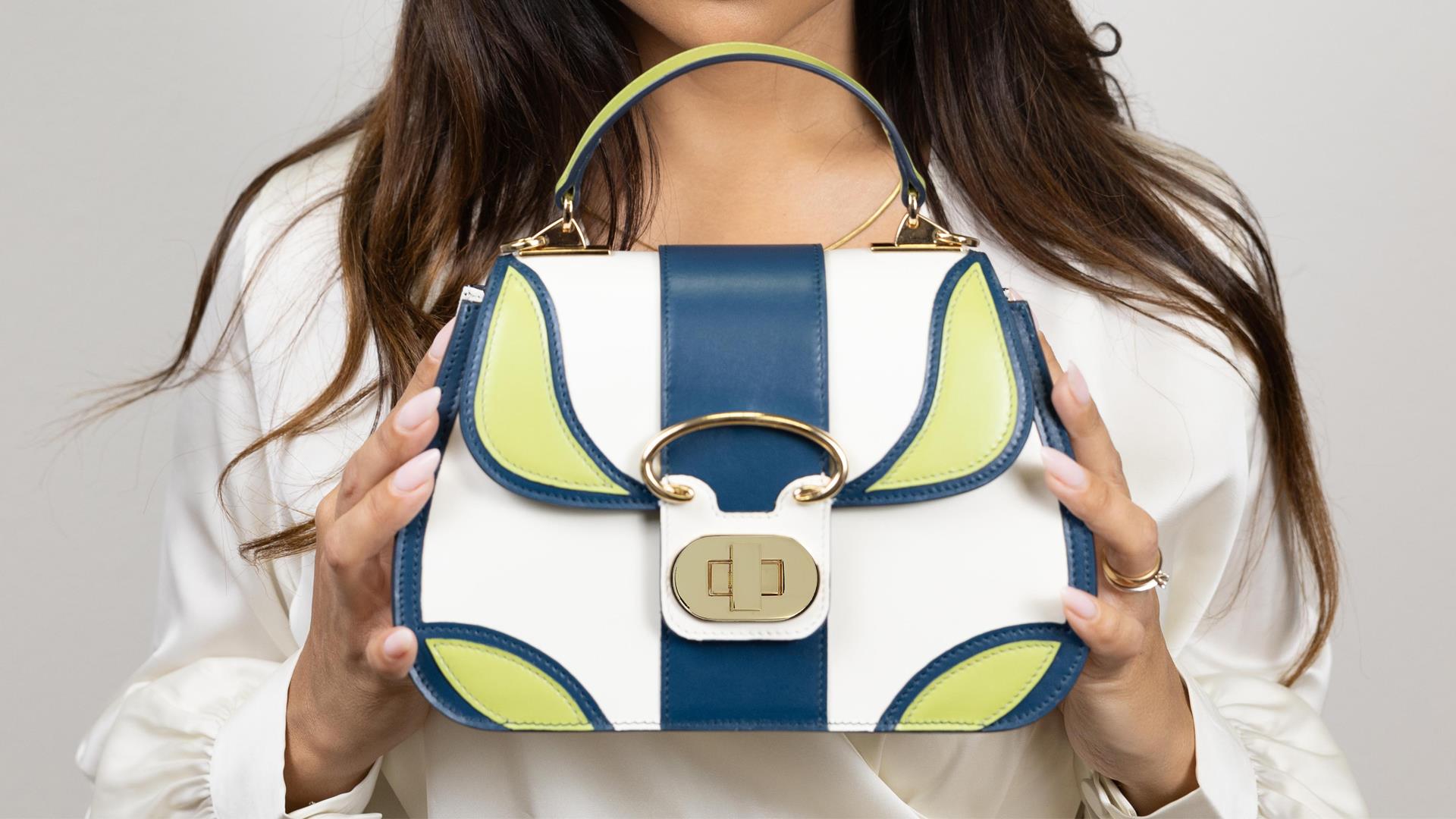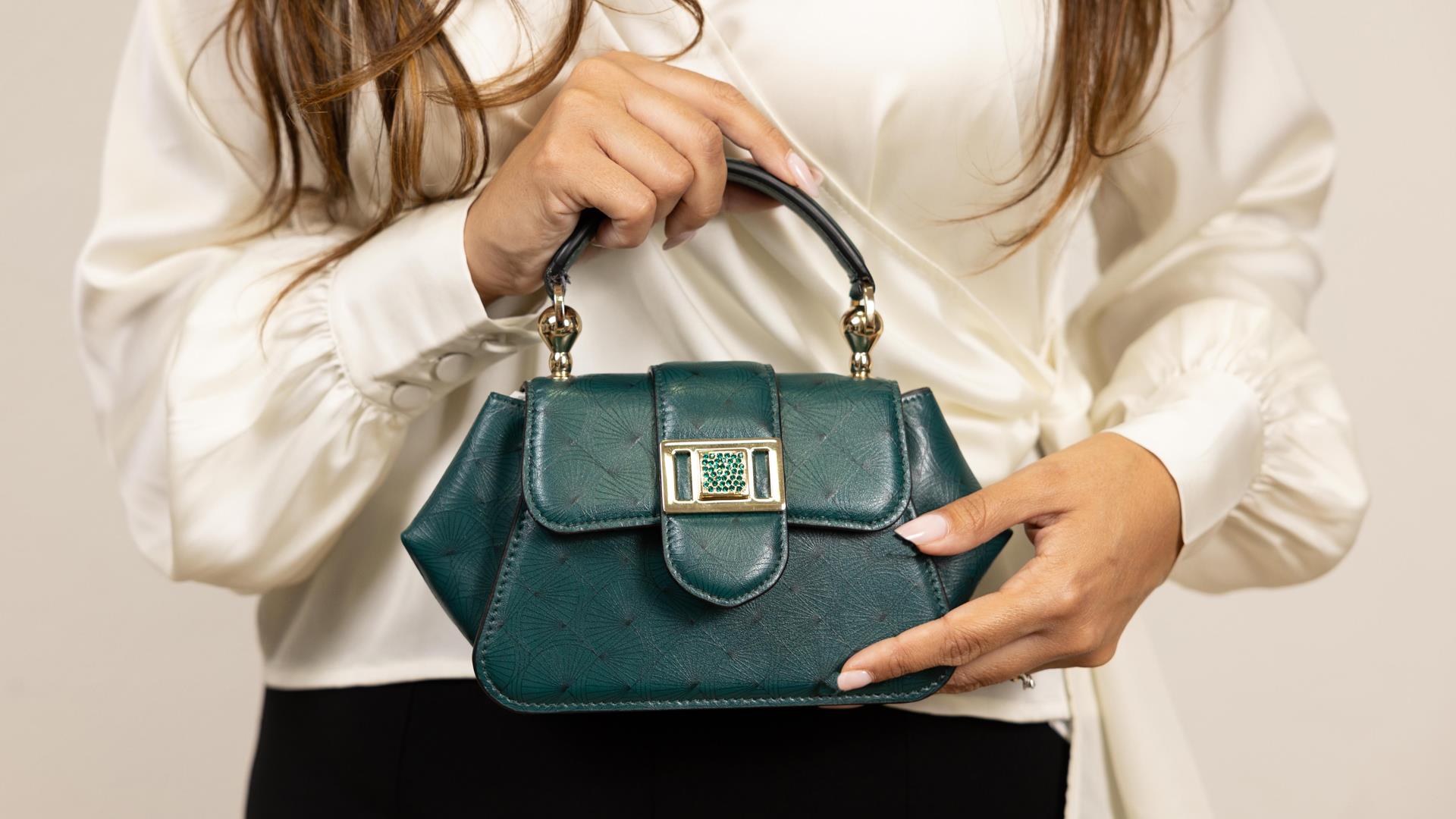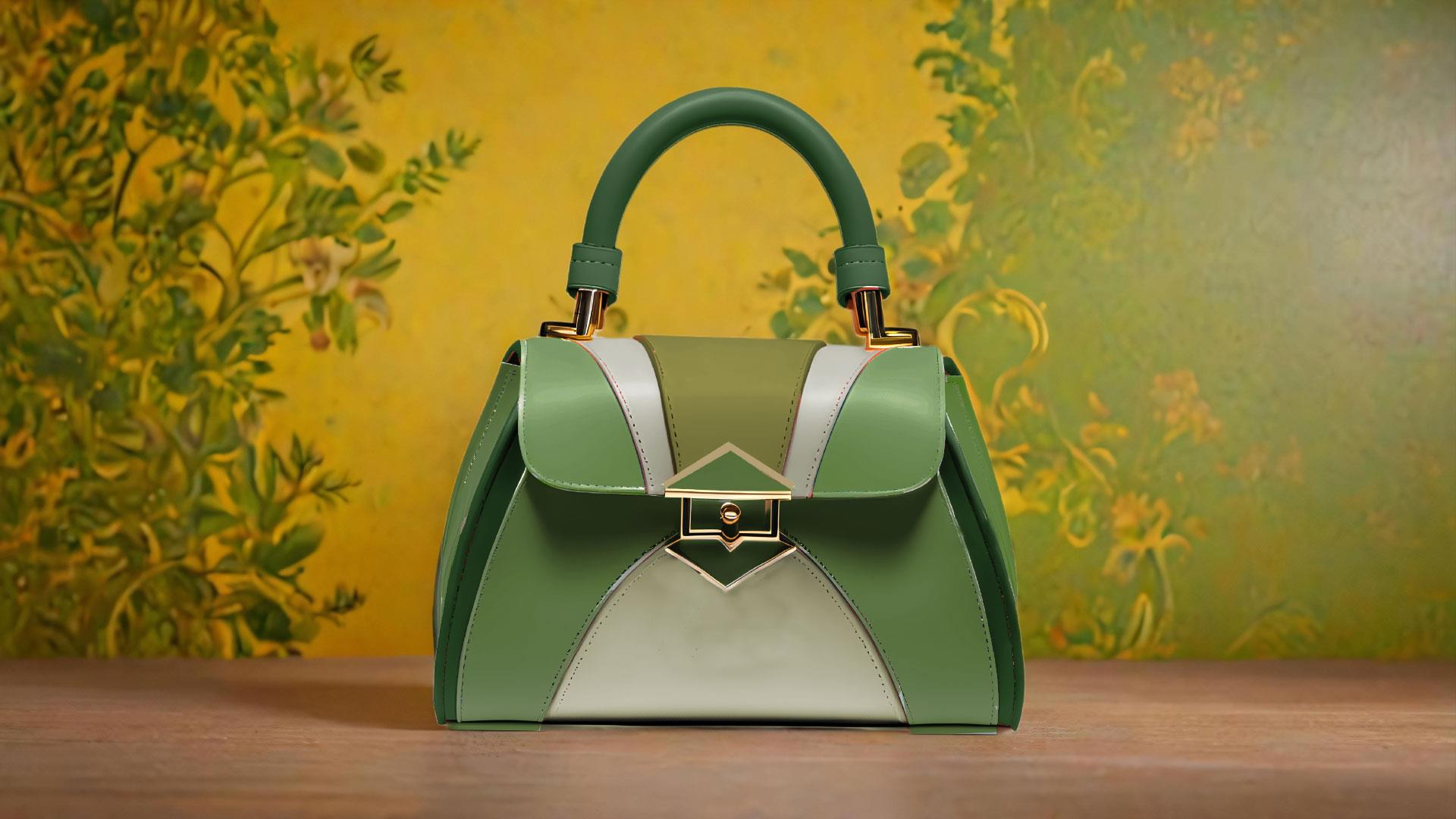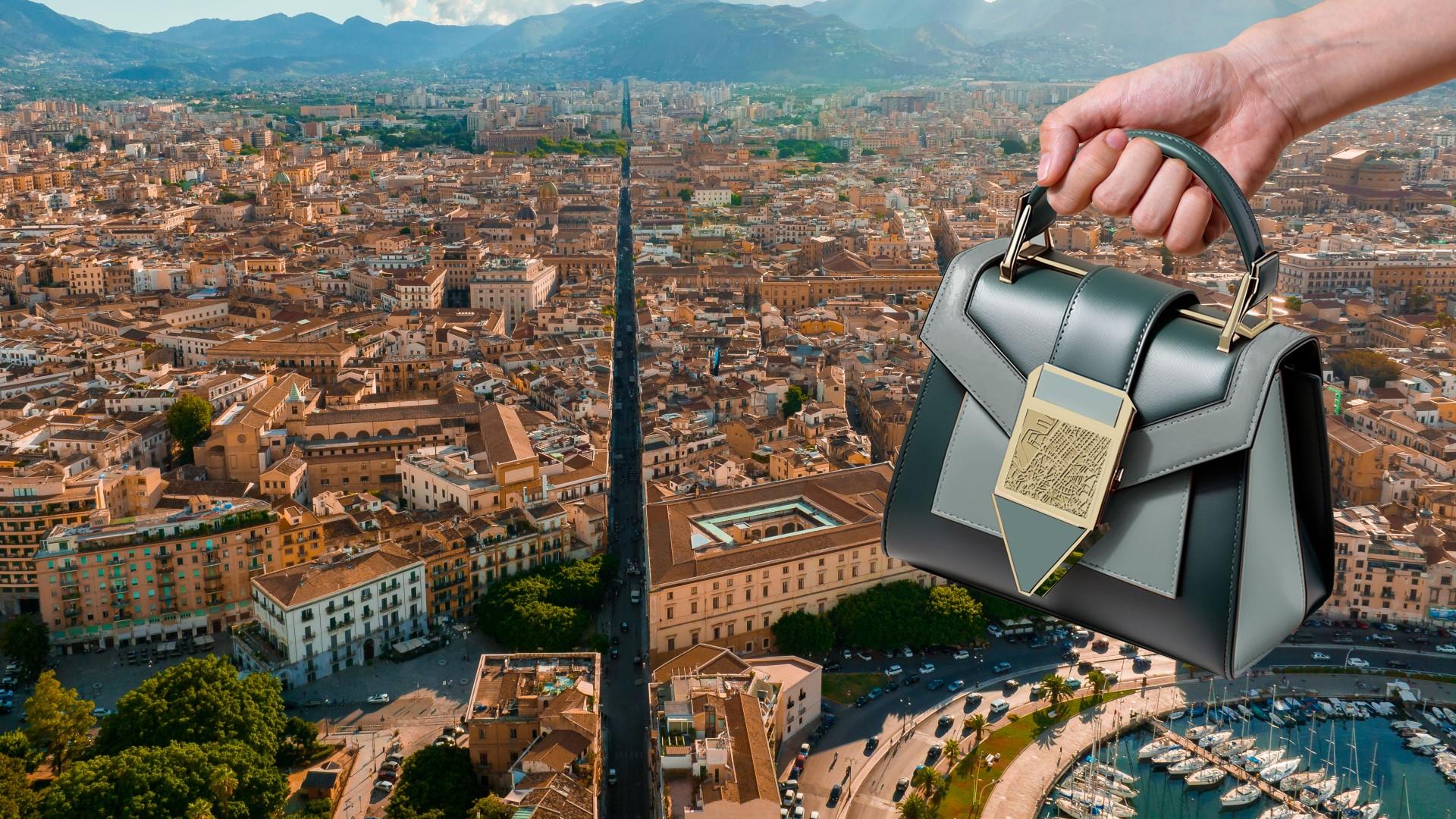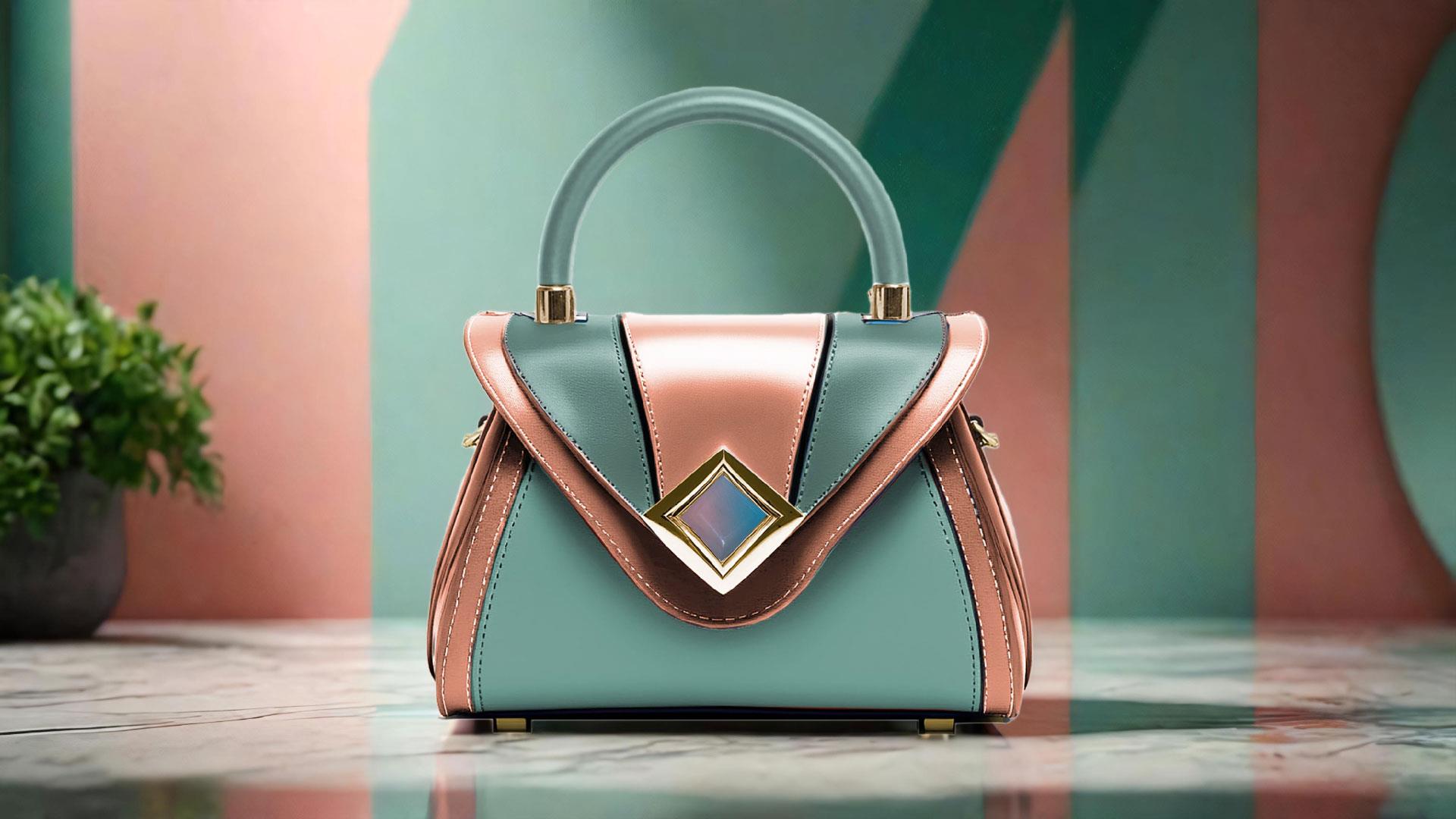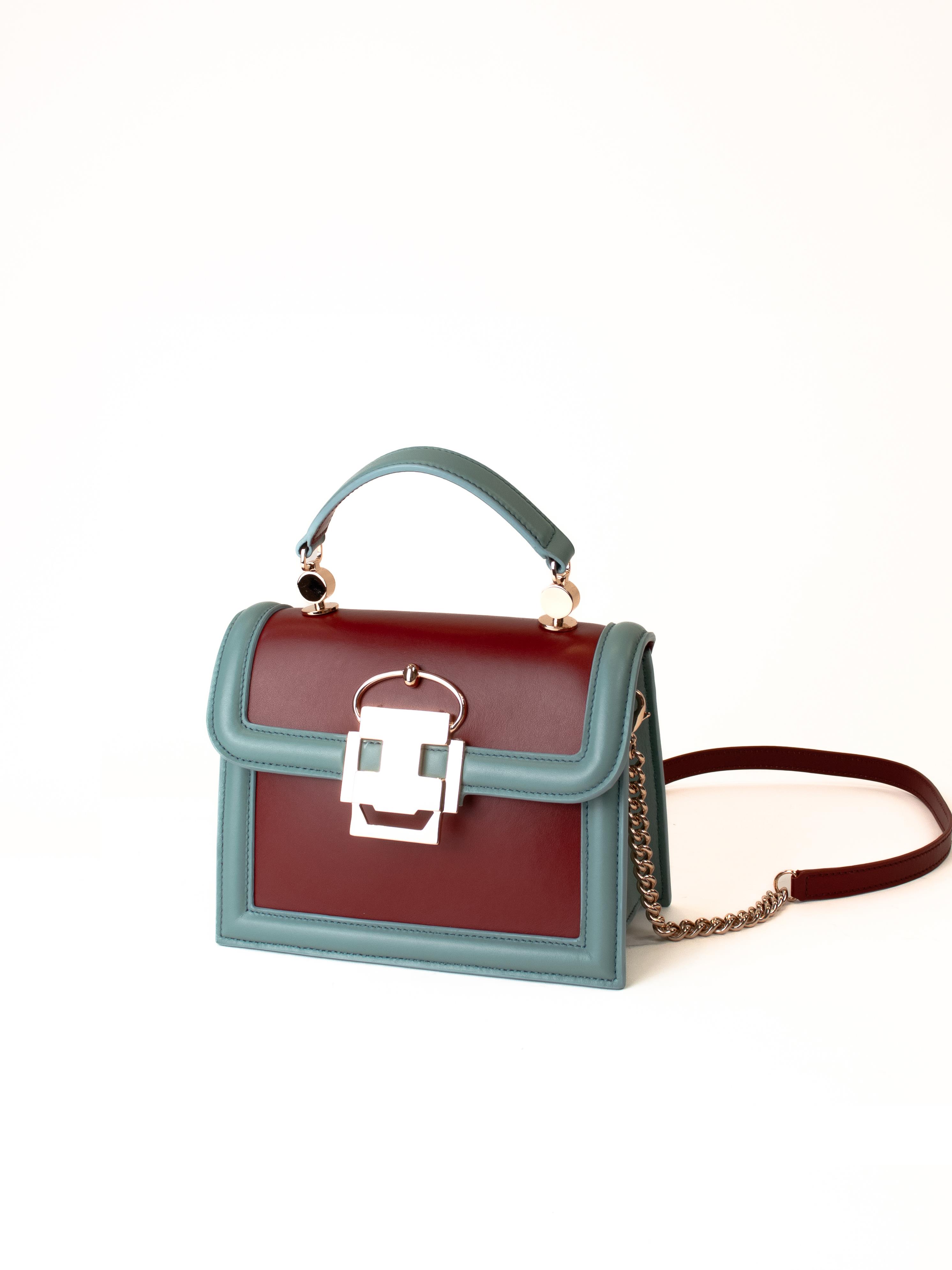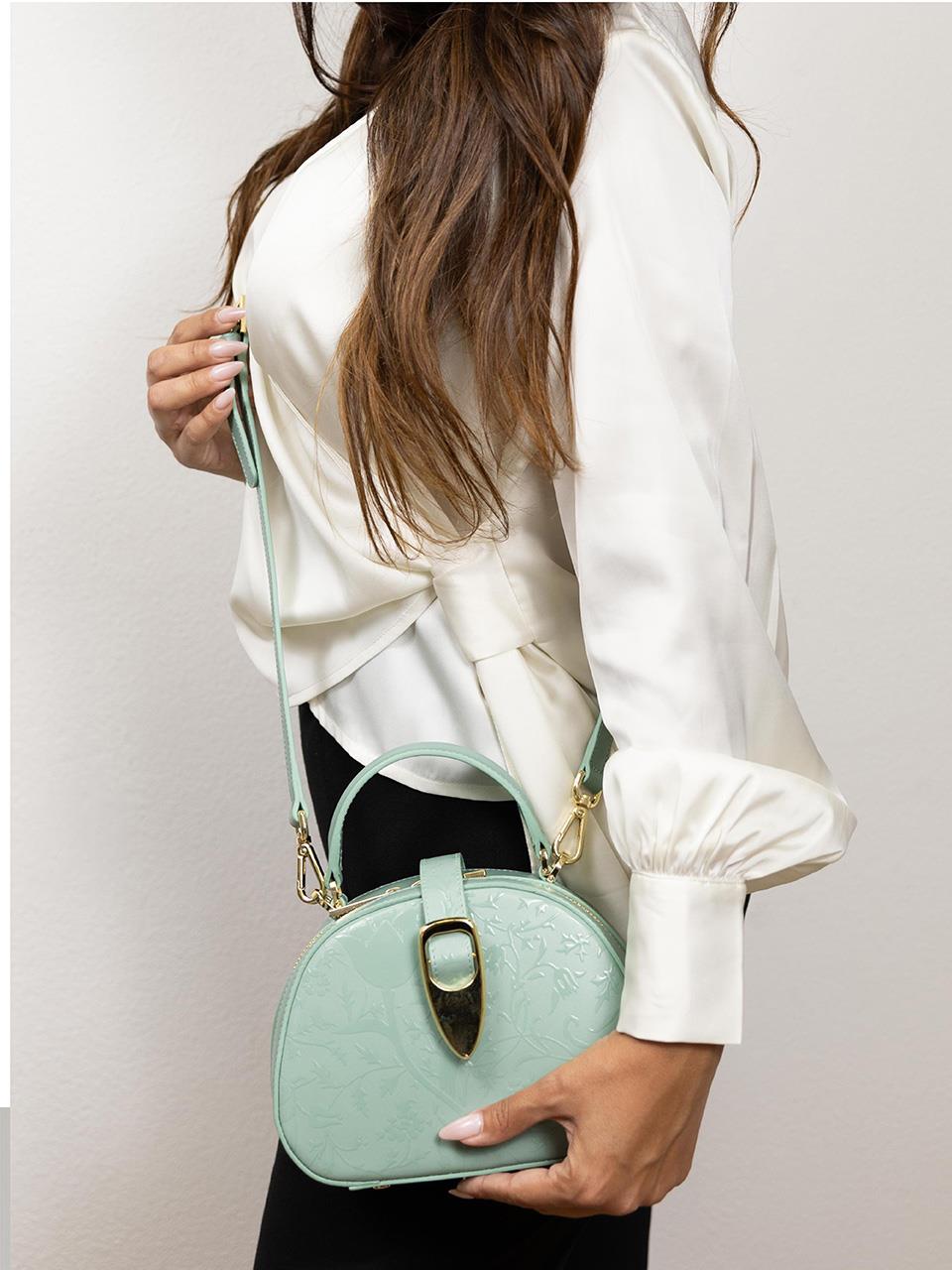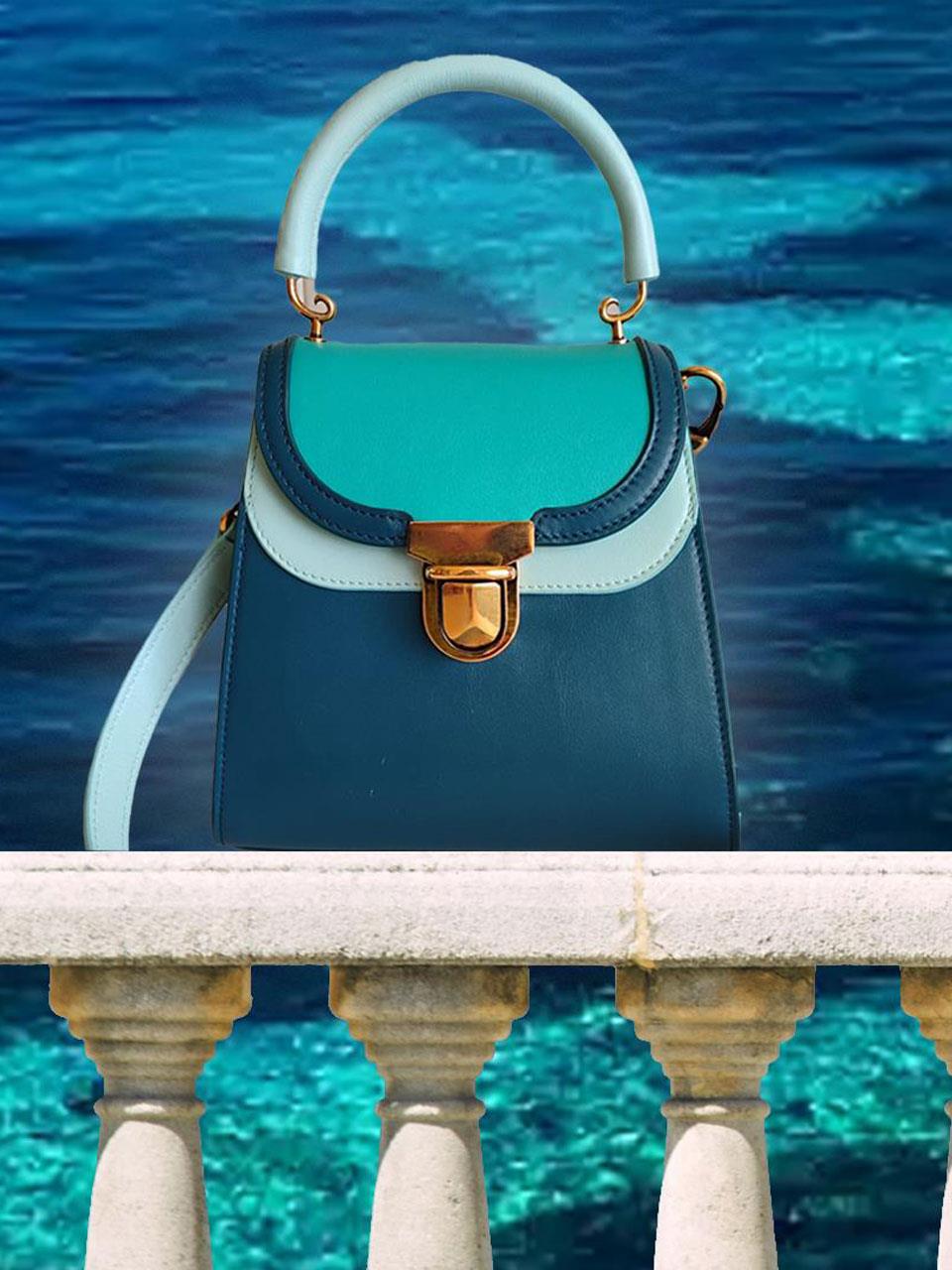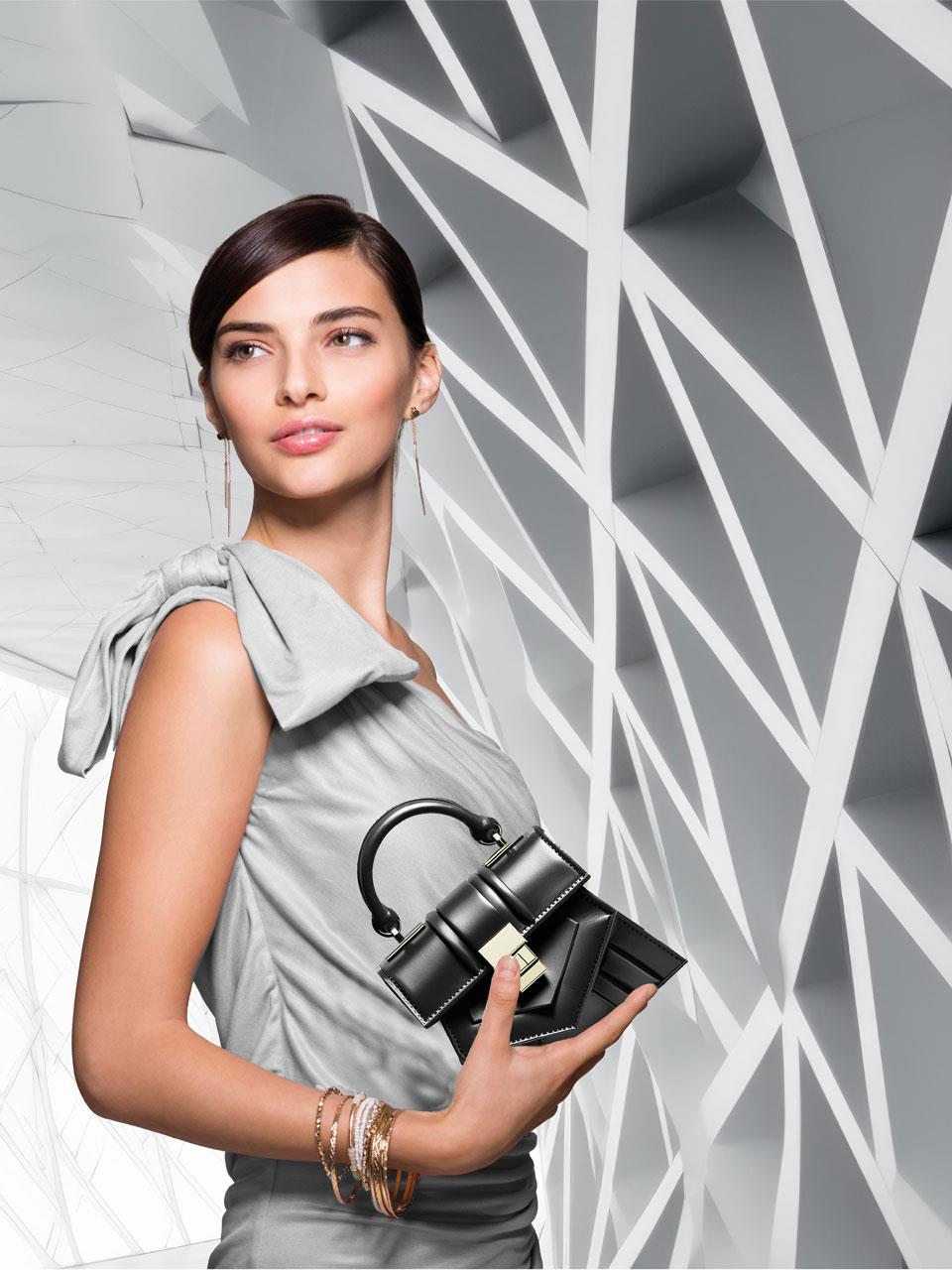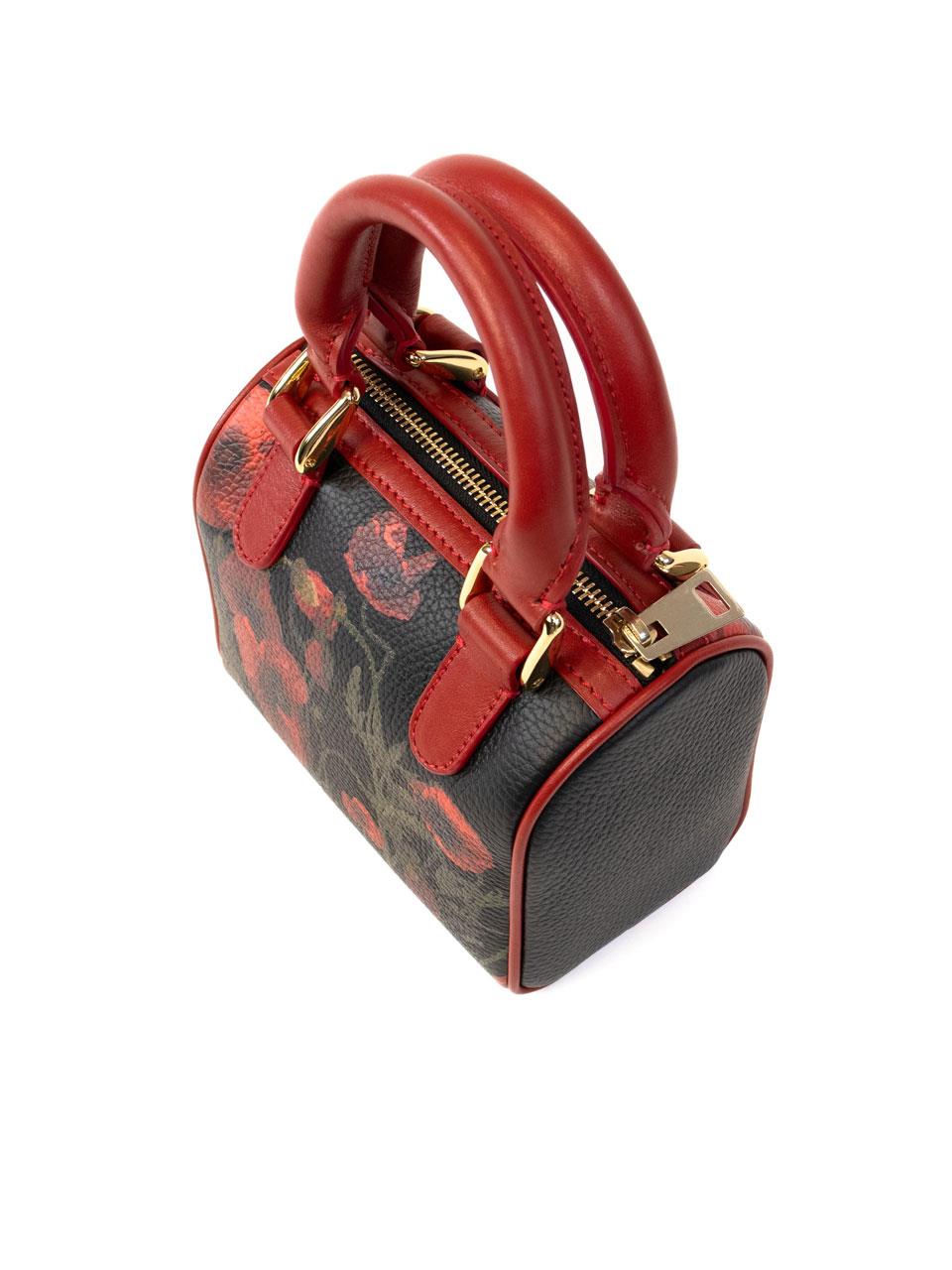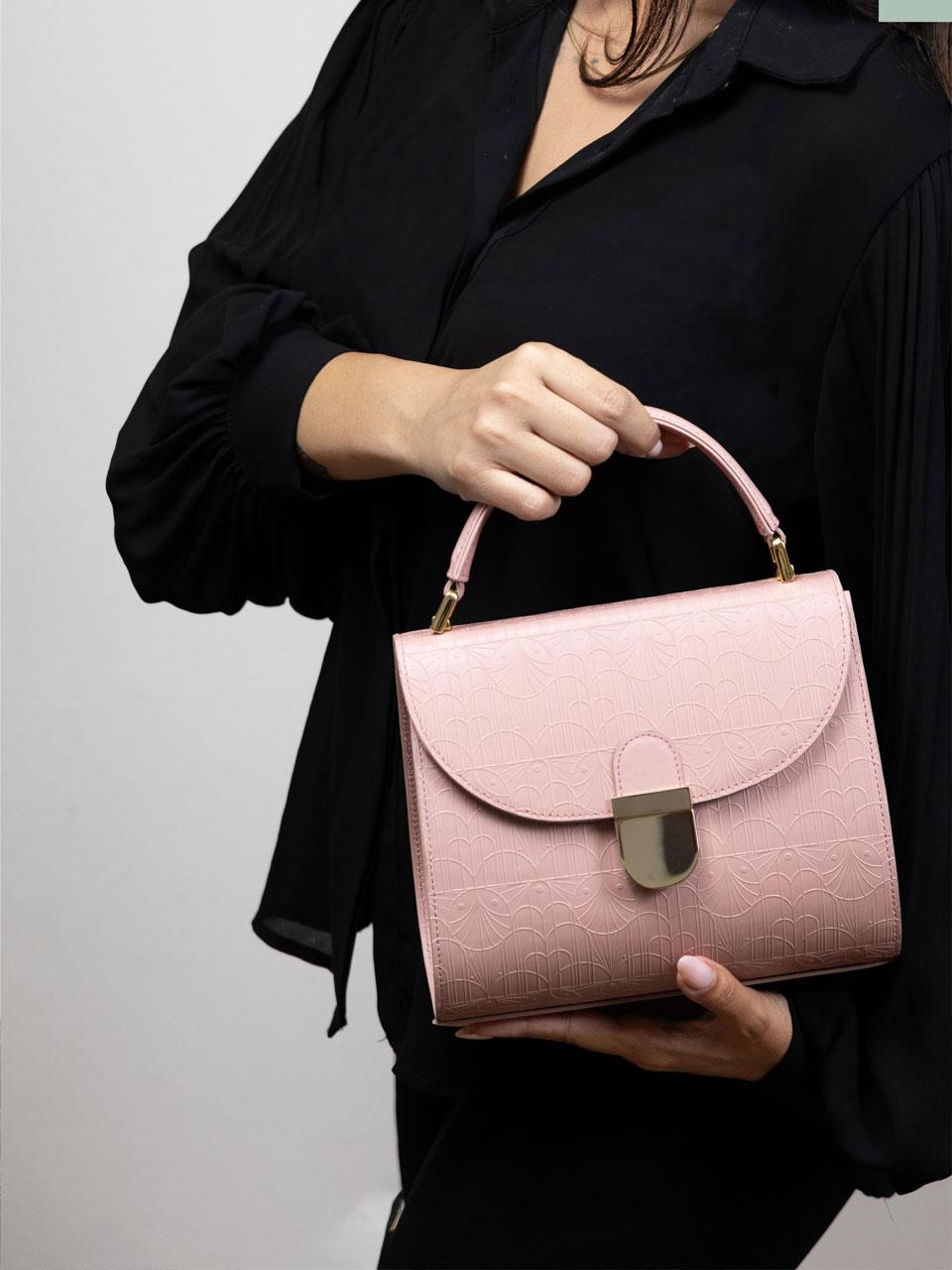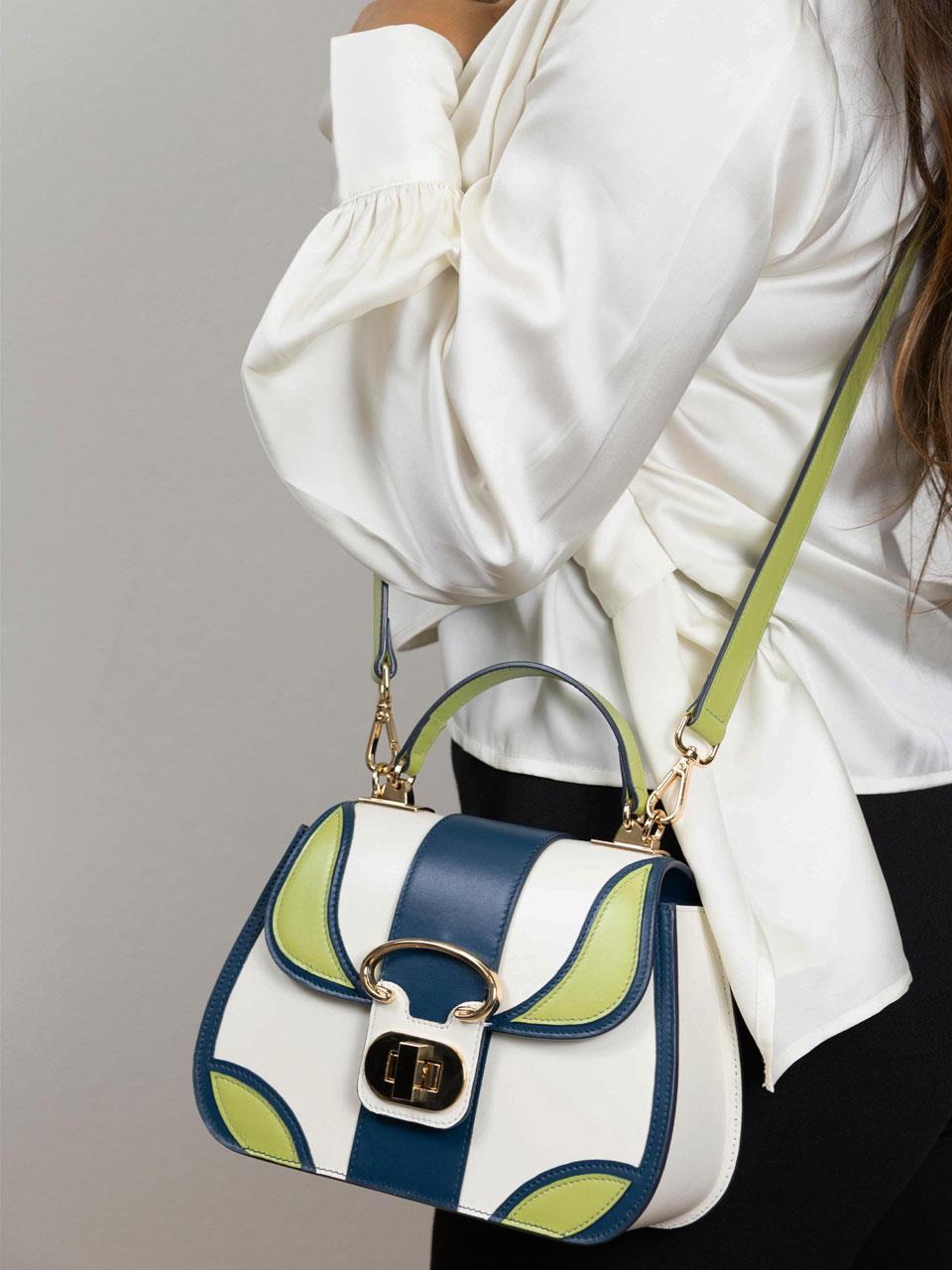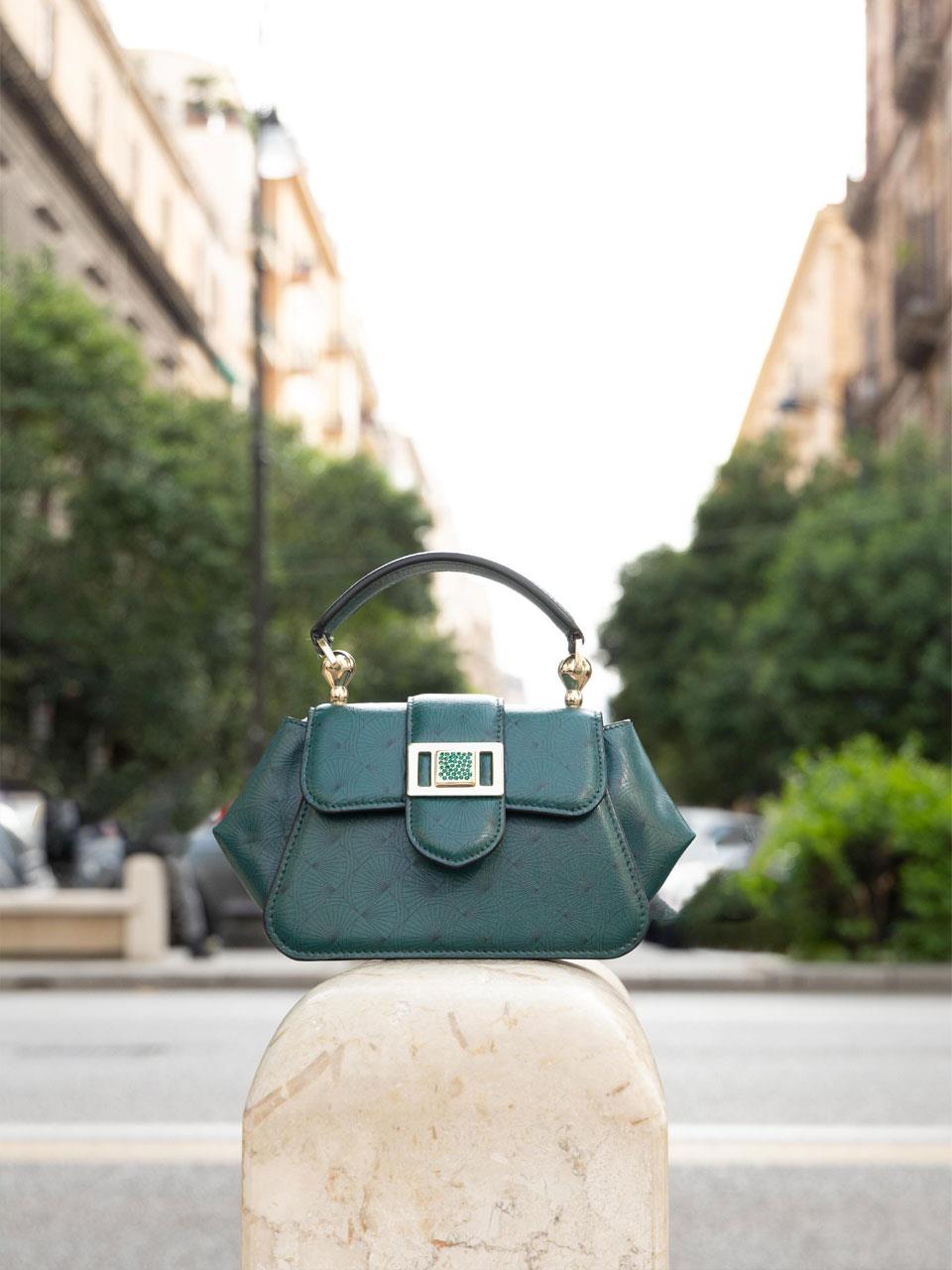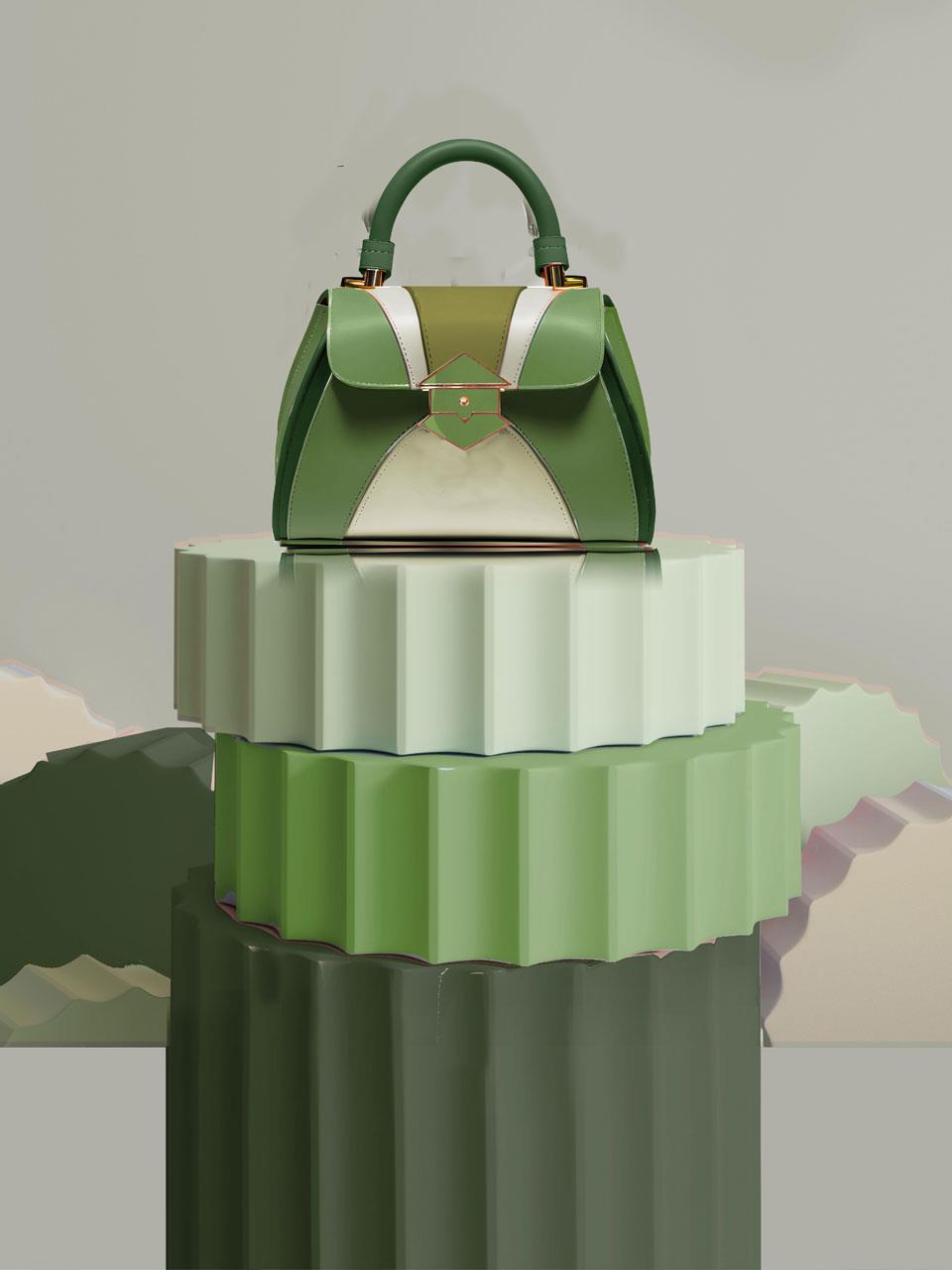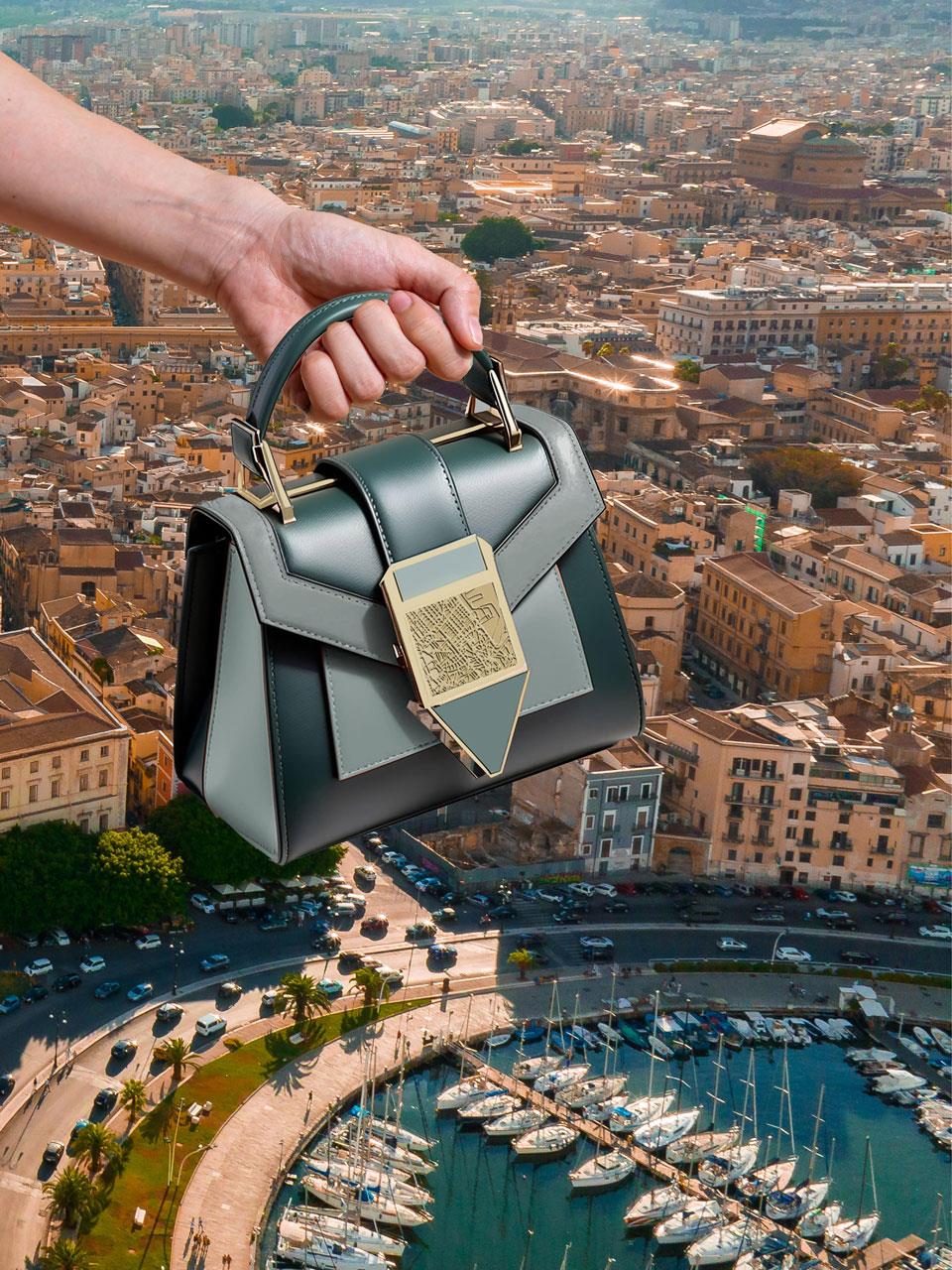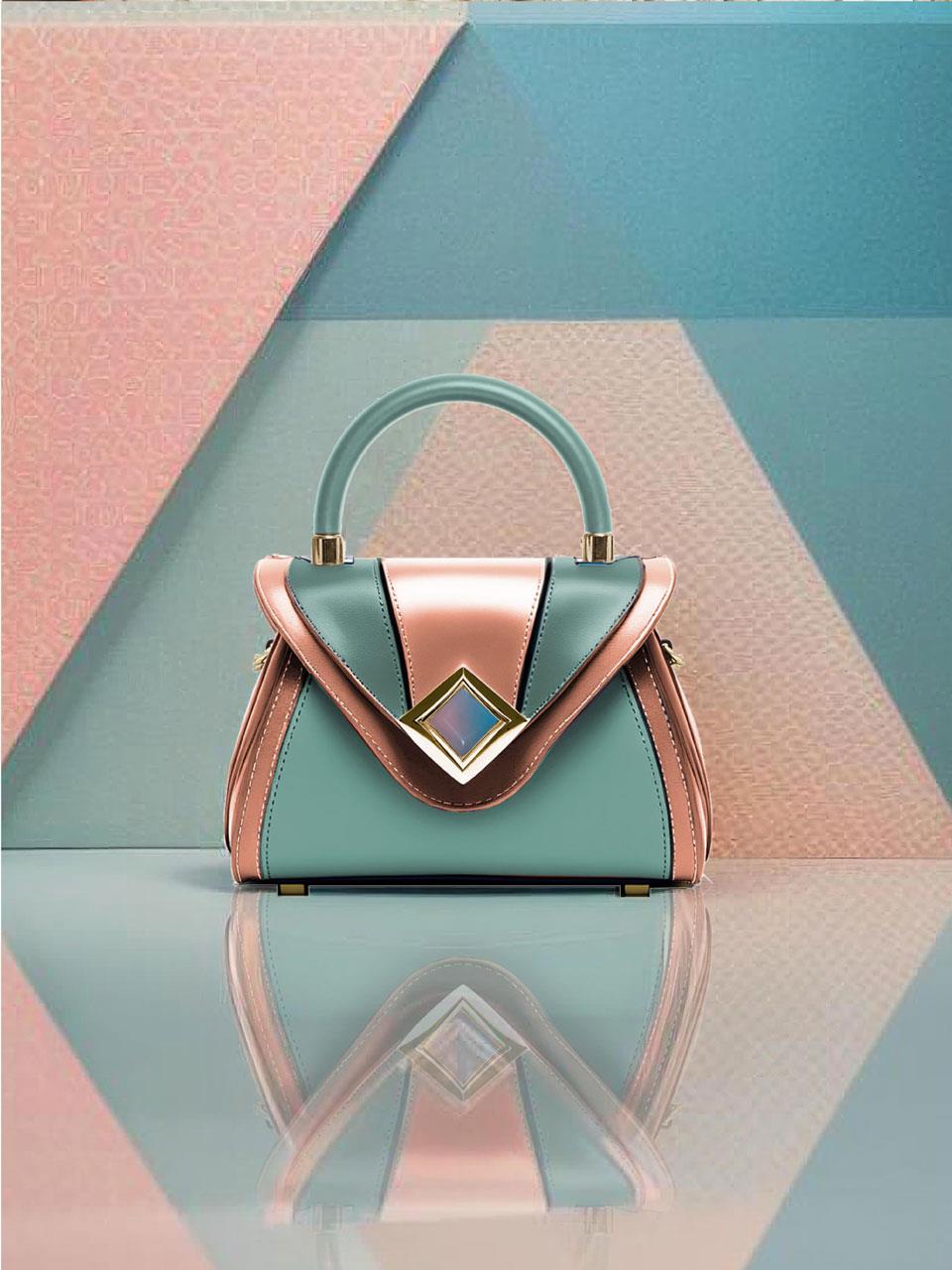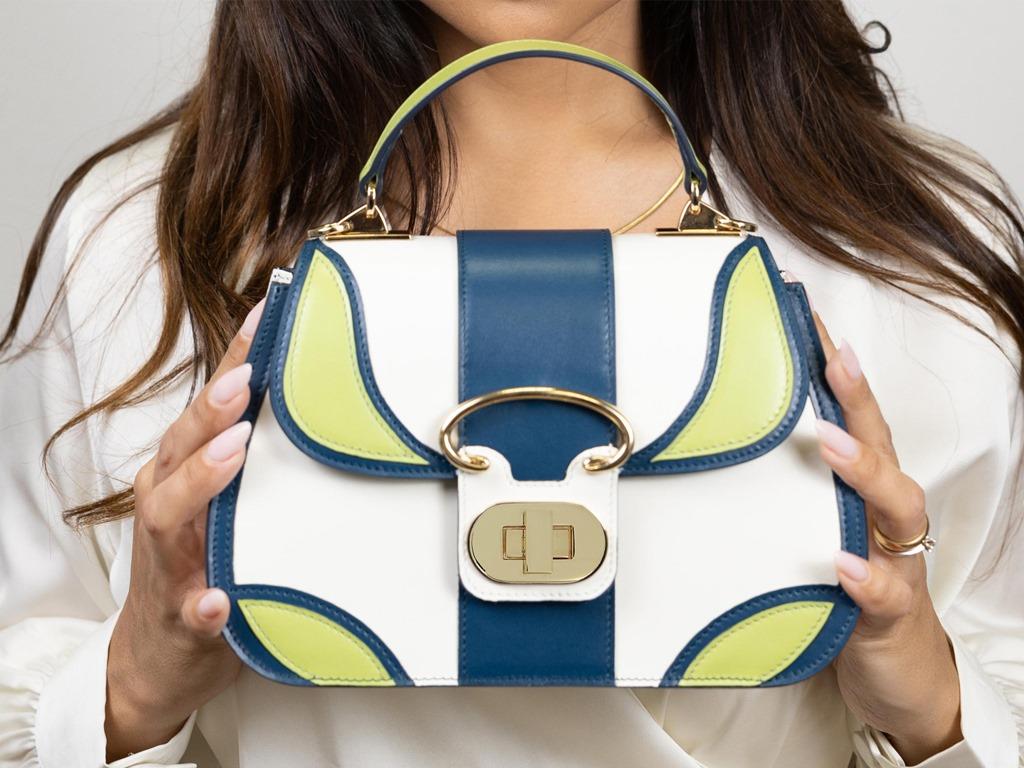Francesca Ferrara, Ernesto Graditi
Creativity, history, tradition, desire and need to combine function with aesthetic beauty are the driving force of Italian design, which we, Francesca Ferrara and Ernesto Graditi, founders of the DADAPUTÌA brand, want to convey with our made in Italy fashion design.
Francesca Ferrara, architect, structures her design activity on a wise continuous search for innovative materials and techniques, applied to the fields of architecture, fashion and home furniture. The passion for design and the study of materials led her from the beginning of her career to dedication to fashion, founding her own fashion brand and the design and patenting of the EDì collection, bags and accessories with building materials, presented in various editions of the Salone del Mobile in Milan, Fashion week and EXPO 2015 which attracted the attention of numerous national and international buyers and journalists. Also a professional in the graphic design sector, she was responsible not only for the style for her brand, but also for promotion, marketing and graphic illustration design activities, transposed into fashion and interiors.
Ernesto Graditi, architect and painter, after graduating in architecture, obtained a Master's degree in Cinematographic and Television Set Design at the IED (European Institute of Design) in Rome. As a painter he received numerous awards in the USA and Canada, also founding a fashion brand that produced Sicilian flat caps, bags and fashion. Among the pictorial cycles exhibited in America are "Death and Resurrection" at the St. George Gallery, in New York, "Interconnecting live" at the Leonardo Gallery in Toronto. An expert and scholar of Norman history, he is also a museum artist in Sicily, where one of his pictorial cycles on the history of the Normans, called "Normanism", composed of fifty canvases and embroideries, was acquired by the Regional Department of Cultural Heritage and Heritage. Sicilian identity and exhibited in a permanent exhibition at Palazzo D'Aumale in Terrasini. The same cycle was presented in New York at Saint John University in New York and at Casa Italia in Chicago.
After our meeting in 2012, united by a great passion and previous experience in fashion design and an intense design affinity, we decided to put our knowledge and personal experiences at the service of a common project: the creation of an incubator place for new trends, where every single object is characterized by a strong historical-artistic connotation. In 2016 we founded the DADAPUTÌA brand, whose acronym, Designing Art Dress and Architecture, encapsulates its philosophy. The DADAPUTÌA brand was born with the desire to transfer our cultural heritage, our creative ambitions, art and history into the outfits of the contemporary city into fashion, proposing unique and alternative products in a combination and integration of different components in a field where standardization and adaptation to fashion are the rule. It is also our desire to transfer the unique and contrasting atmospheres of our island into a fashionable look, with a refined and international flavour.
As per widespread opinion, in Sicily the concept of family is very strong and rooted, and this concerns us closely. In previous experiences in the fields of art, fashion and architecture, our families have always followed us with great interest and also apprehension, supporting the desire to make our dream come true. For us it is a source of strength and pride; in fact, we often make them participate in some ideas also because the love for art and fashion is rooted in our families, also given that Ernesto's aunt is a skilled embroiderer and ancient seamstress, a lover of refined fabrics and the Francesca's mother has always been passionately involved in the creation of precious handcrafted works in coral, the red gold of the Mediterranean.
Hometown
Palermo, our hometown, is the capital of the Sicily Region (Italy). The long history of the city and the succession of numerous civilizations and peoples have given it a remarkable artistic and architectural heritage. The city of Palermo was called Zyz (pronounced /ˈziːz/) by the Phoenicians (meaning the flower). The current name derives from the ancient Greek πᾶς, pâs, «all» and ὅρμος, hórmos, «port», «large port», due to the presence of the two rivers Kemonia and Papireto which created an enormous natural landing place, and became Panormus with the Romans. The Arabs pronounced the name of the city Balarm, a diction which was partially adopted in the official form Balermus of the Norman period.
Arab-Norman Palermo and the cathedrals of Cefalù and Monreale were declared a World Heritage Site by UNESCO in 2015. We are happy with this recognition, for us a great source of pride and a source of inspiration, from the sumptuousness of the gold to the multi-colour mosaics that you will find in the refined silks of our dresses or in the precious decorated and embroidered clutches.
Sicily: history, art, nature, tradition, unique flavors and colours; a mixture of cultures, influenced by the many ethnic groups that have passed through its territory. Thanks to its geographical position, it has played a role of great importance in historical events that have had the peoples of the Mediterranean as protagonists: from the Greeks to the Saracens, from the Normans to the Swabians, up to the Spaniards. It is a region full of contrasts, both social and geographical: the crystalline blue waters that contrast with the lush green of the coasts, both sandy and rocky and almost desert areas, are an inexhaustible source of discovery and inspiration.
Palermo is also a city of folklore: walking through its streets, you can come across historic markets full of the colors of the juicy yellow, orange and red local fruits, or in old shops where historic craftsmen still keep alive traditions such as that of the Sicilian cart or “coffee”, bags made with hand-woven Sicilian dwarf palm leaves. Among the flavors of tasty local foods to be tasted even on the street, you can find ancient puppet theaters managed by historic families of puppeteers. Our friendship with Mimmo and Franco Cuticchio, members of one of these families, has allowed us to get to know the world of the Opera dei Pupi live and to bring it back to life on our "Sicilian Puppets" collection of bags and fashion. Palermo also includes many historical- architectural emergencies such as two theaters of great beauty, the Teatro Massimo, one of the most important in Europe and the Politeama theater, as well as squares such as Piazza Pretoria, where the city's Town Hall is located; also worthy of note are the city's monuments located within the historic center and others distributed throughout the Palermo area: historic villas, watchtowers, tuna traps, rock graffiti, ancient churches or noble palaces. Also noteworthy are the sites protected by UNESCO such as the Palazzo dei Normanni with the Palatine Chapel, the Church of San Giovanni degli Eremiti, the Church of Santa Maria dell'Ammiraglio or della Martorana, the Church of San Cataldo, the Cathedral, the Zisa, the Ponte Ammiraglio, all buildings from the Arab-Norman era. Palermo and food, a millennial love relationship. The local gastronomy has lived at the forefront of the history of the city and the succession of events, courts and dominations that have made Palermo what it is now. Many of the typical Sicilian dishes bear the imprint of the Roman, Arab, French and Spanish populations, influencing their tastes and trends. In fact, Sicilian recipe books are rich in the flavors of this land, which has always been generous with agricultural products with unique flavors and characteristics.
